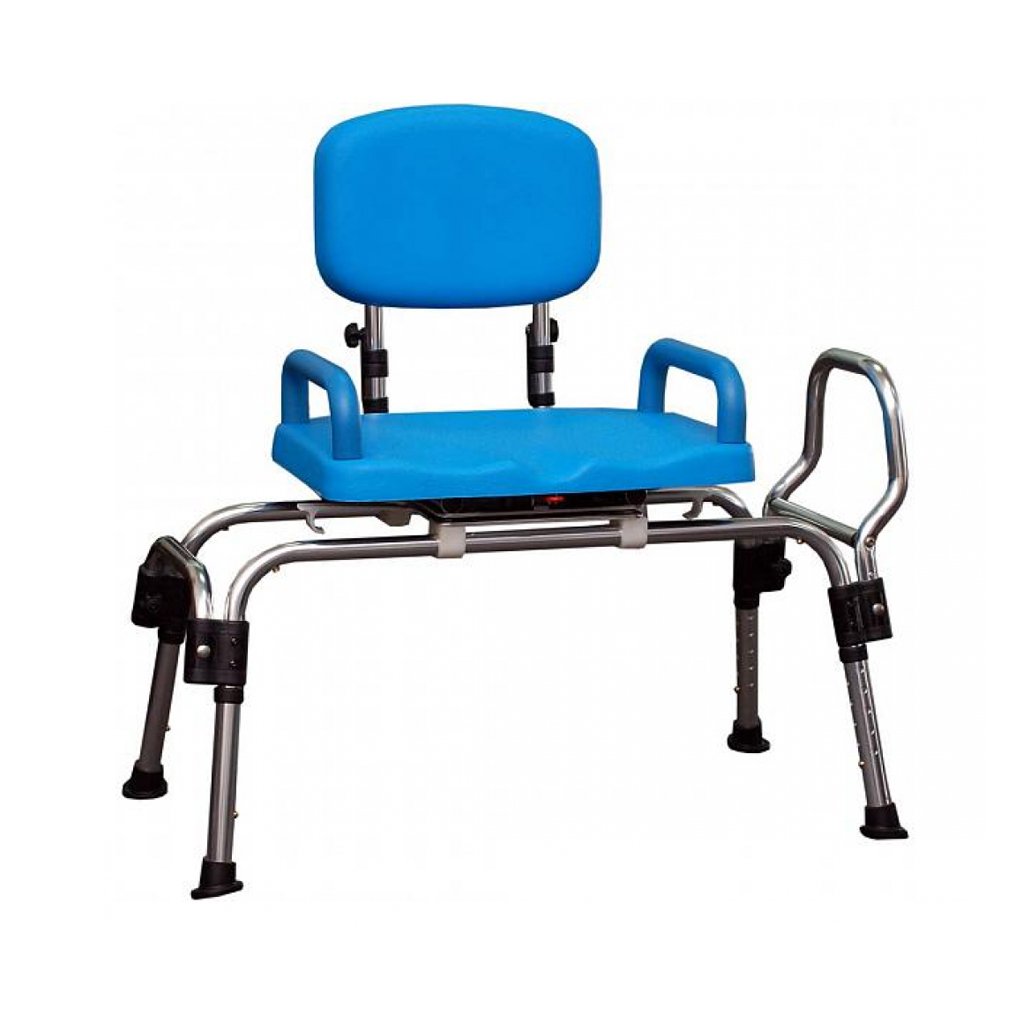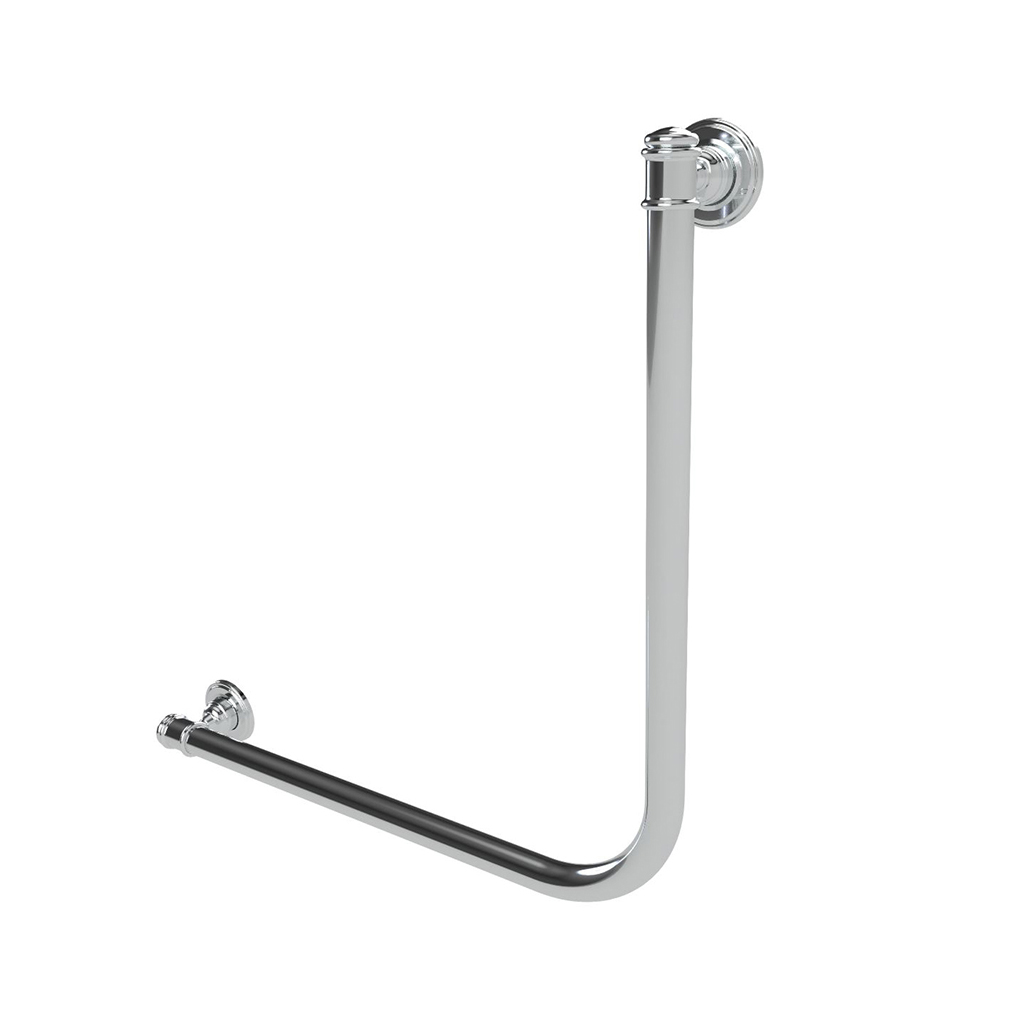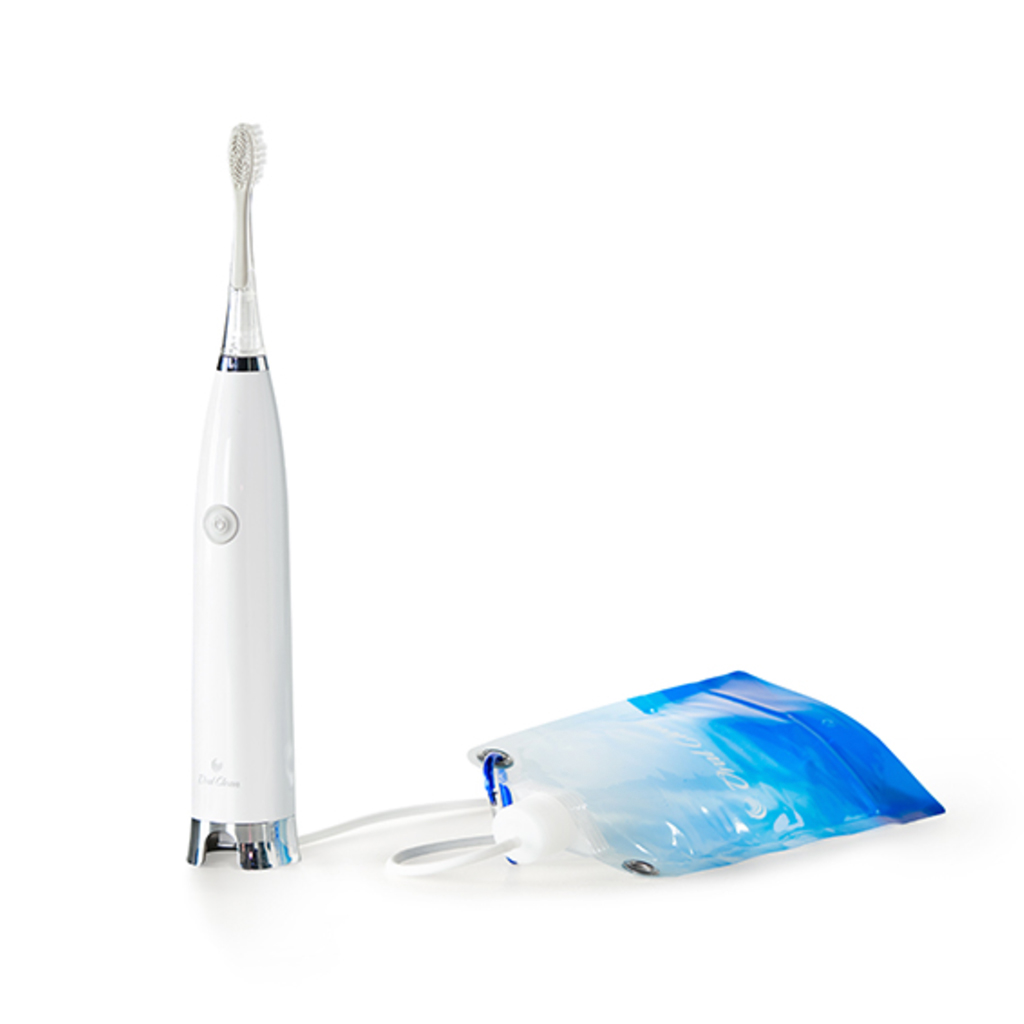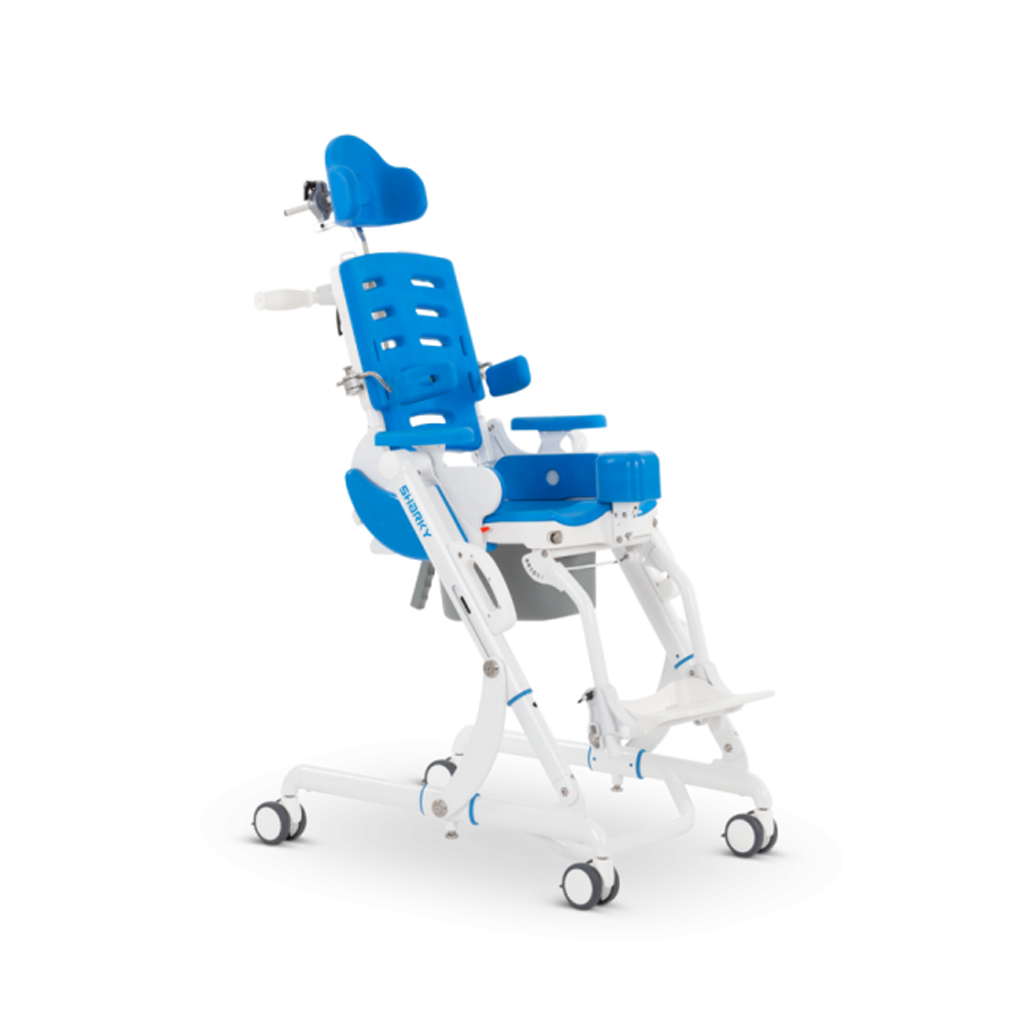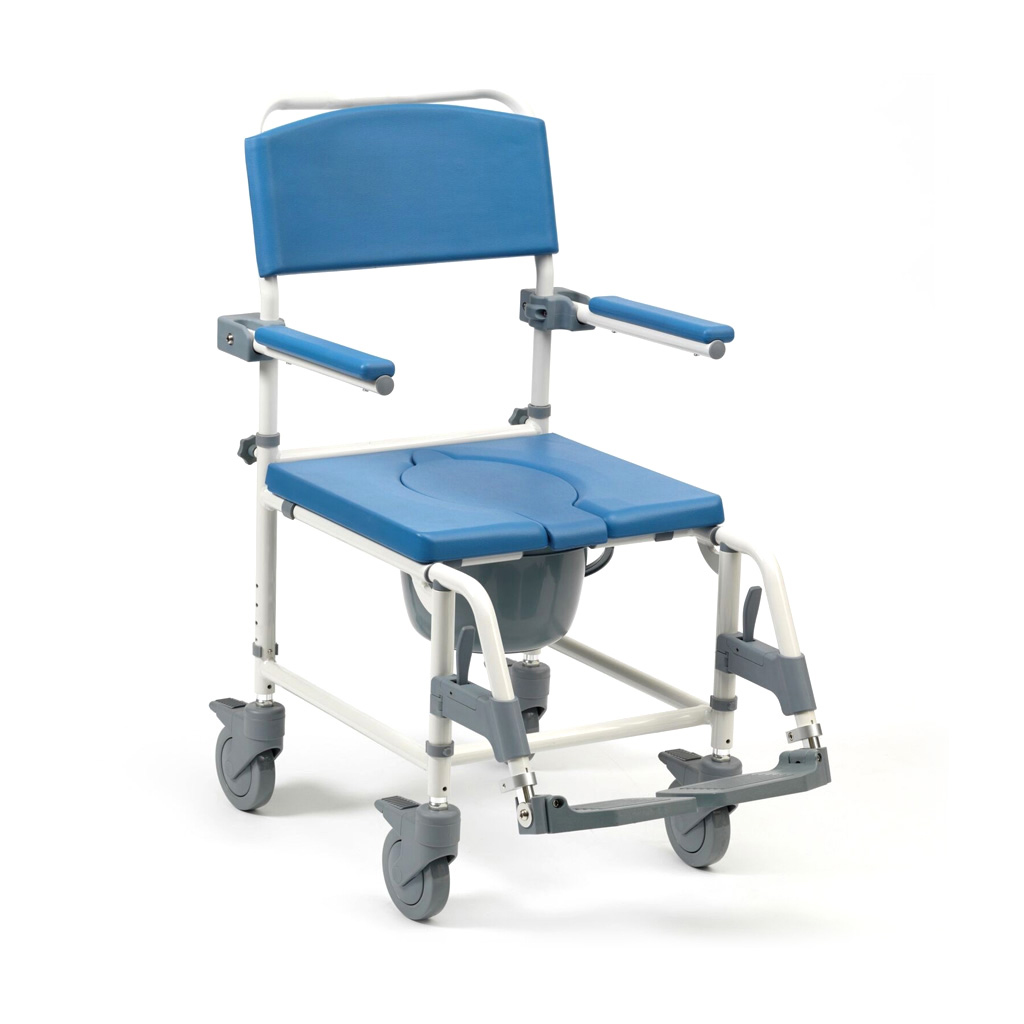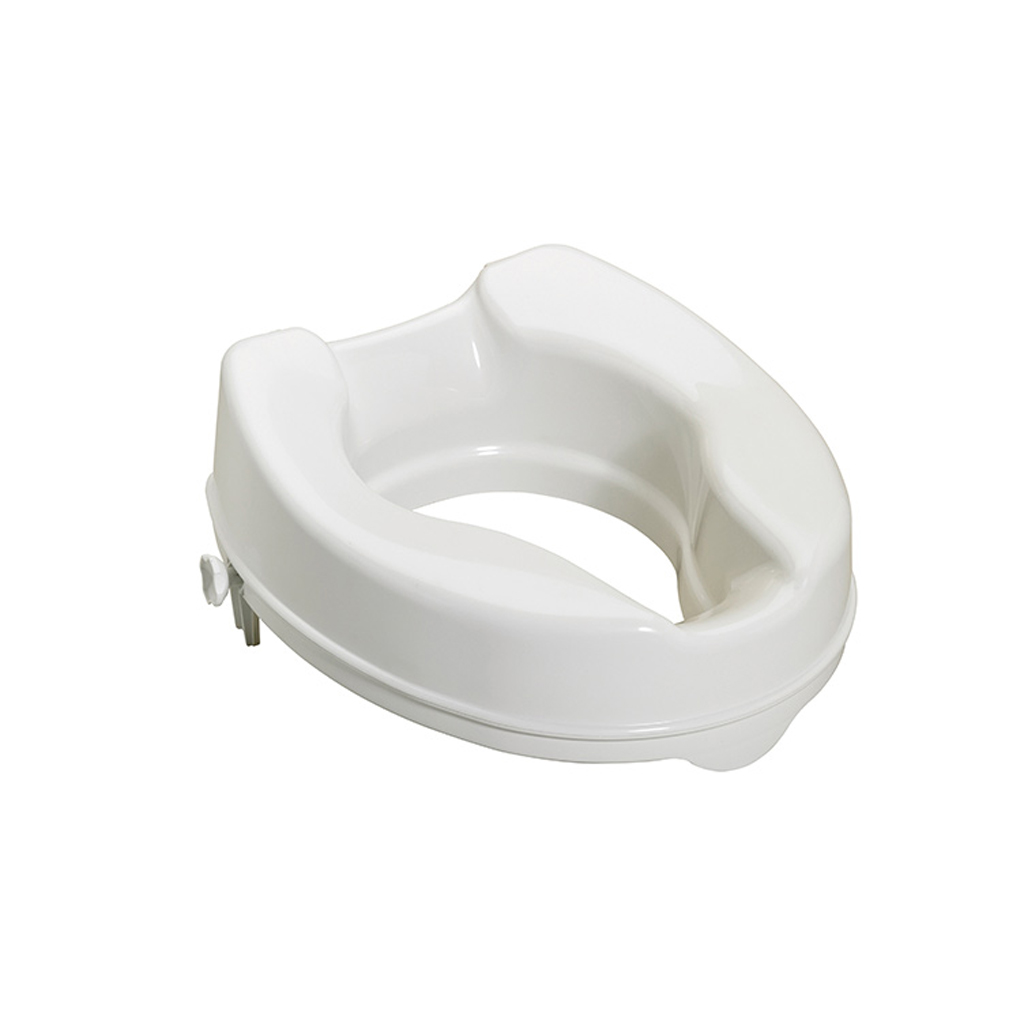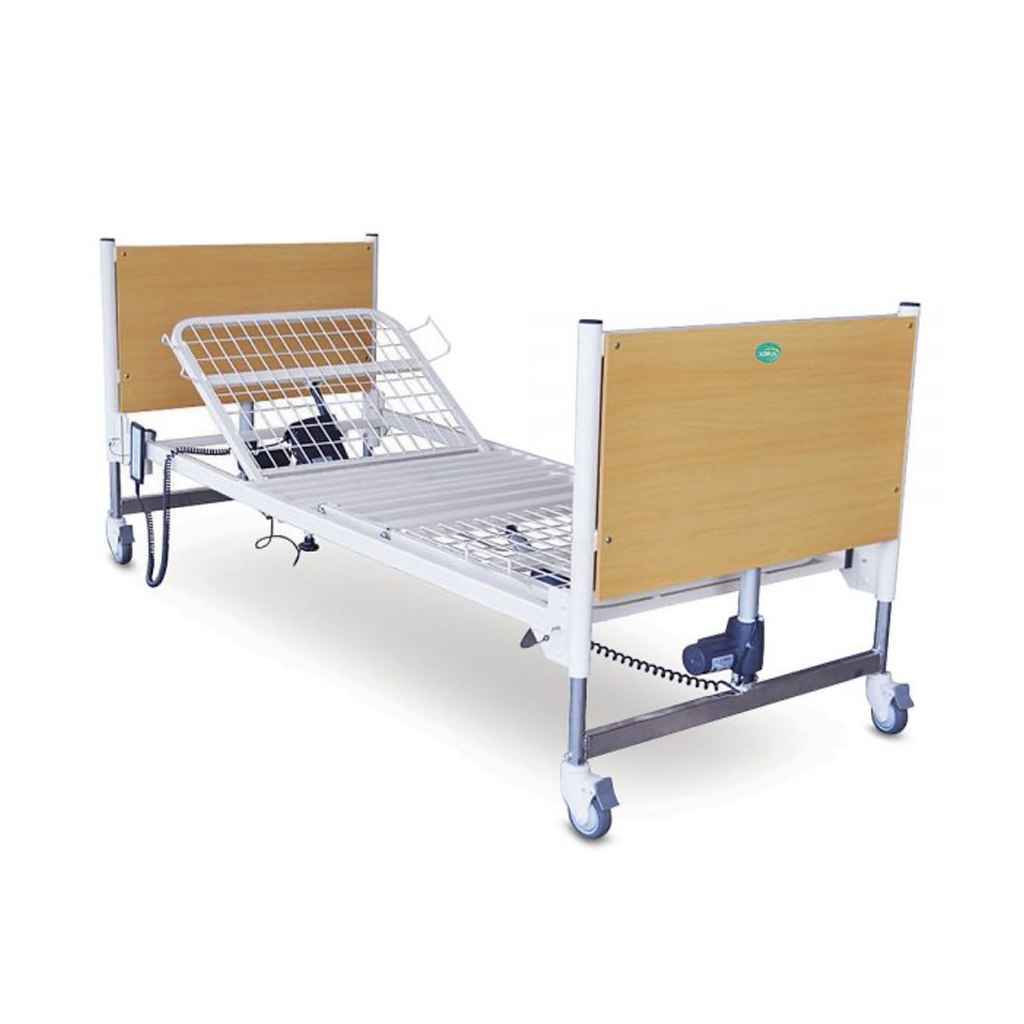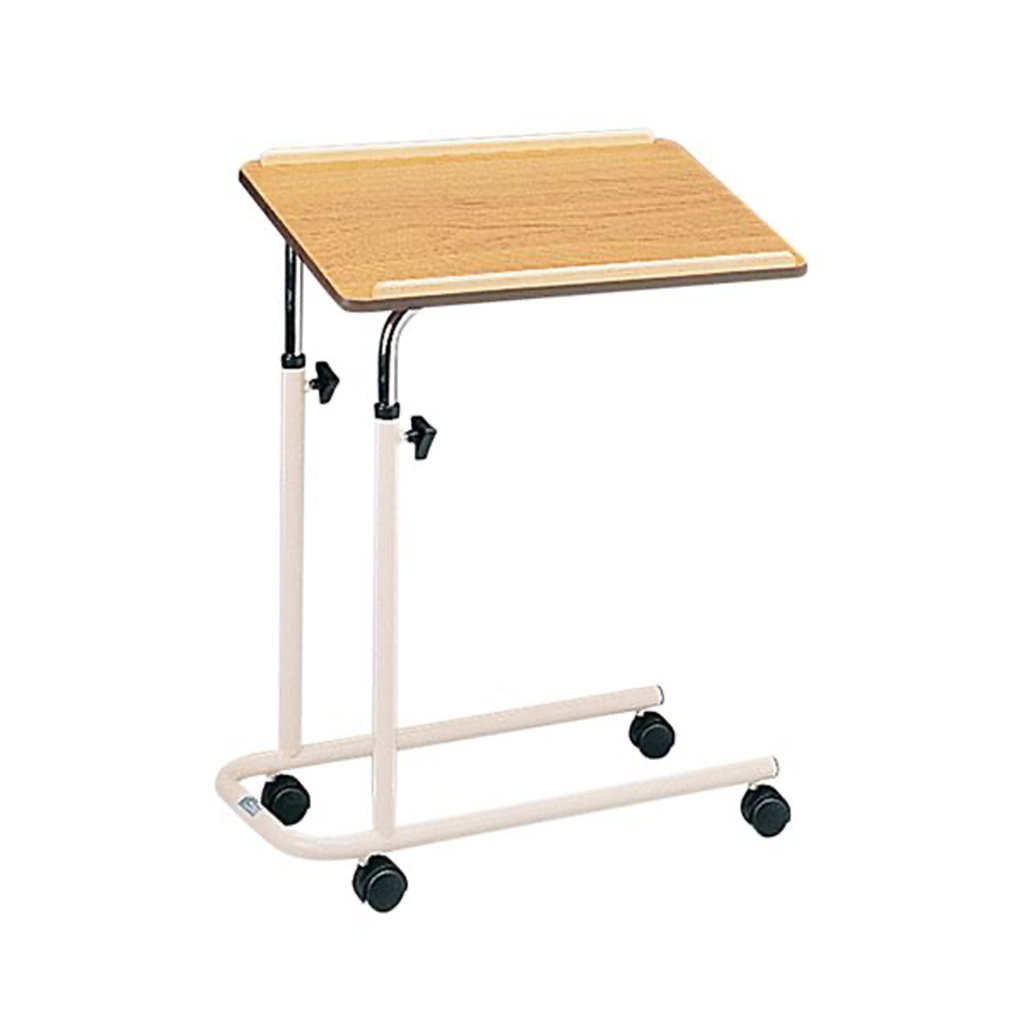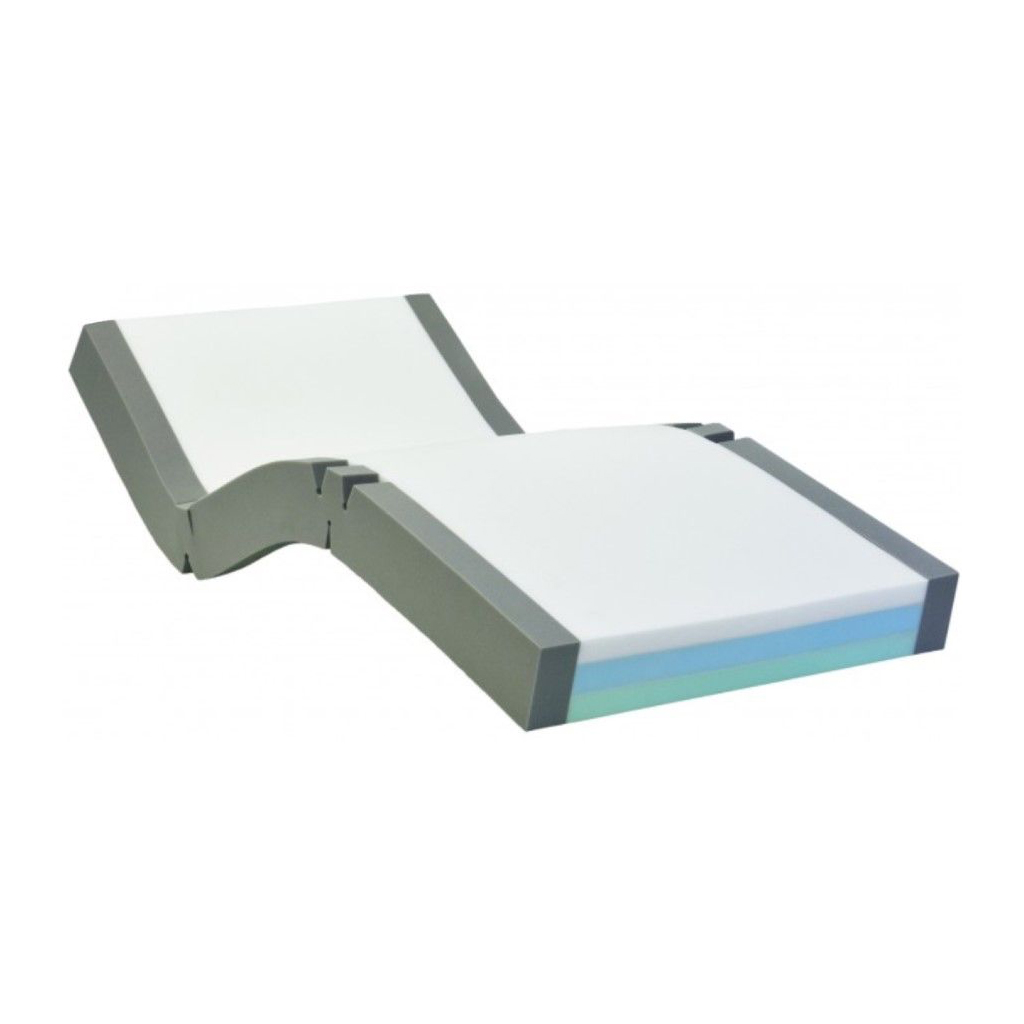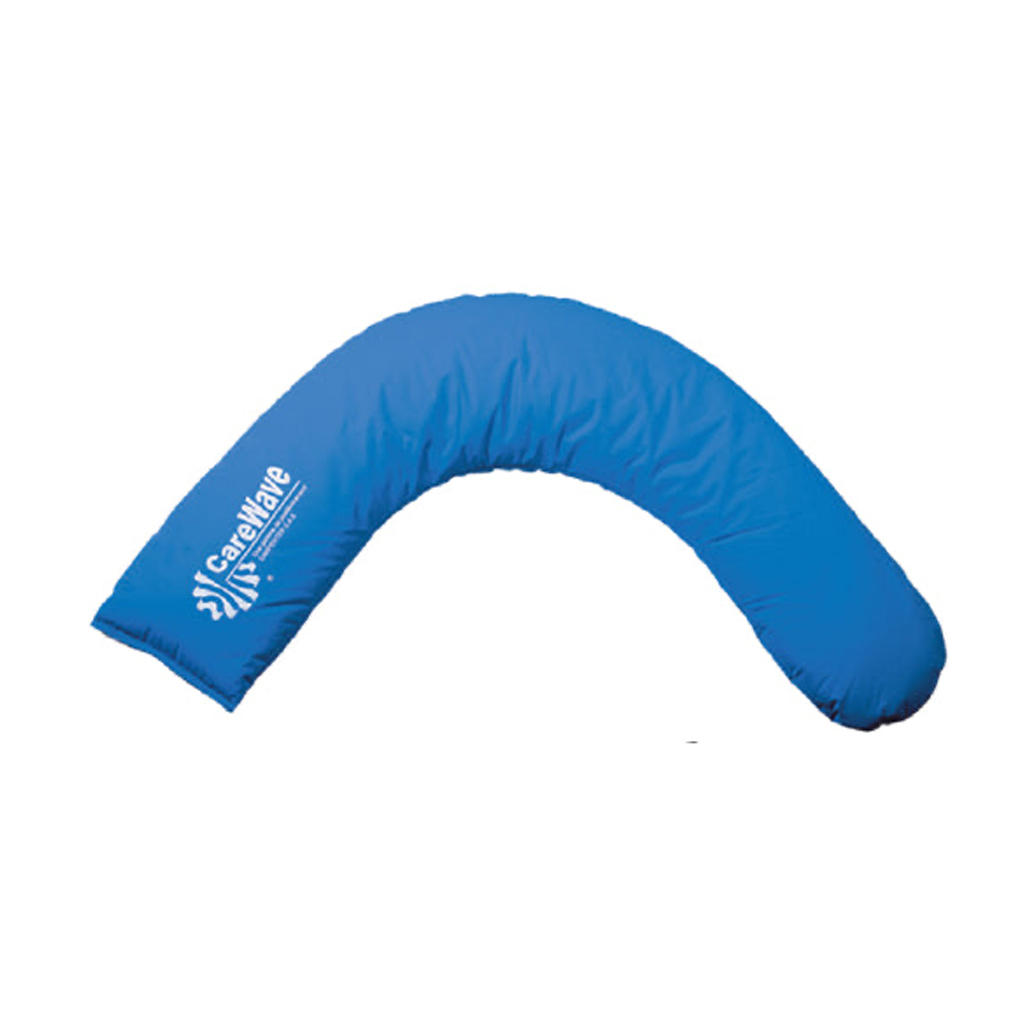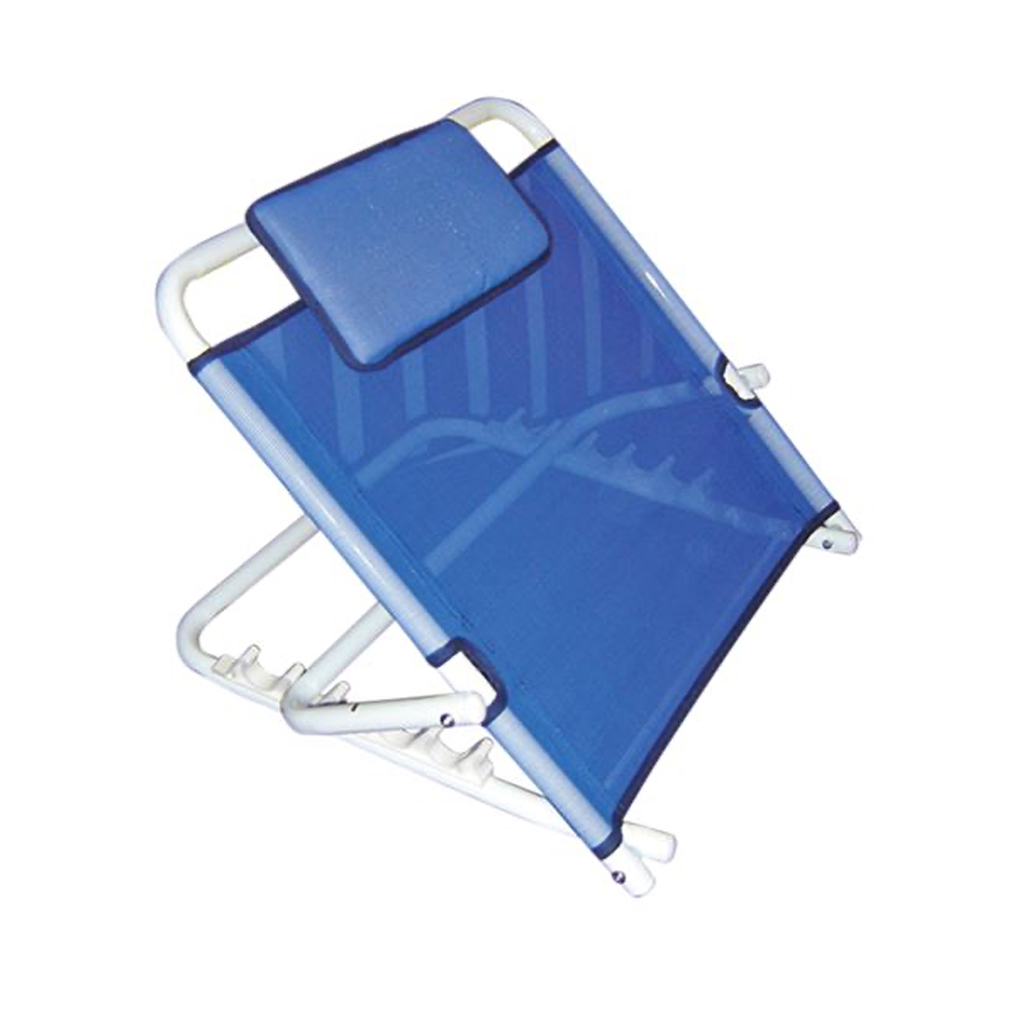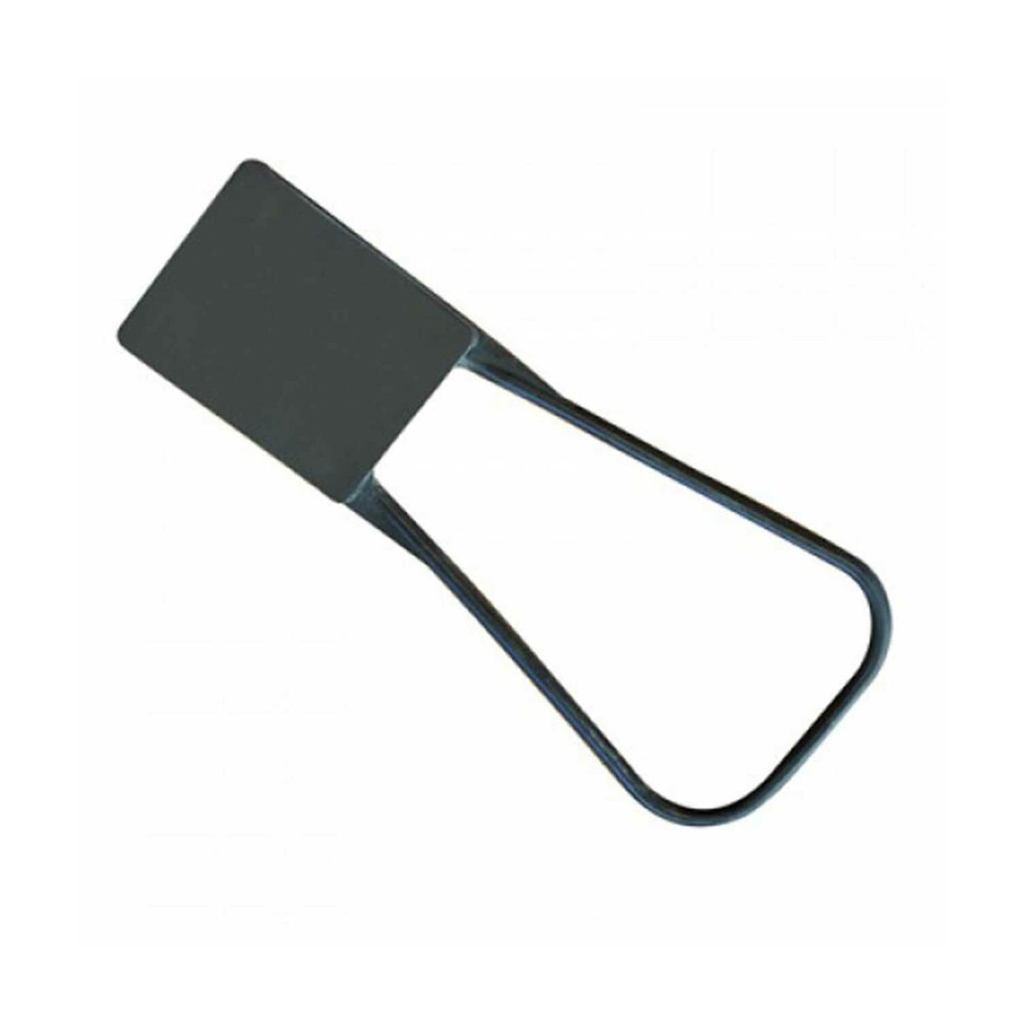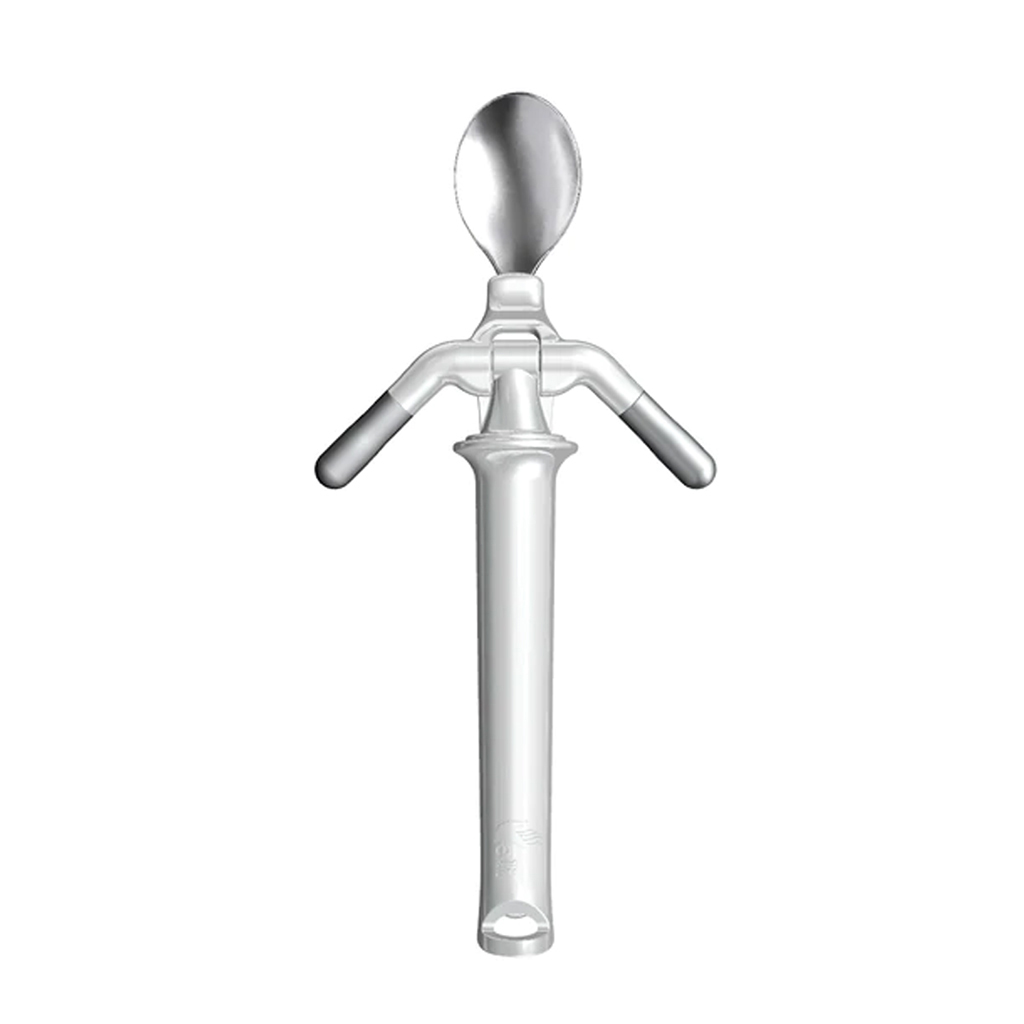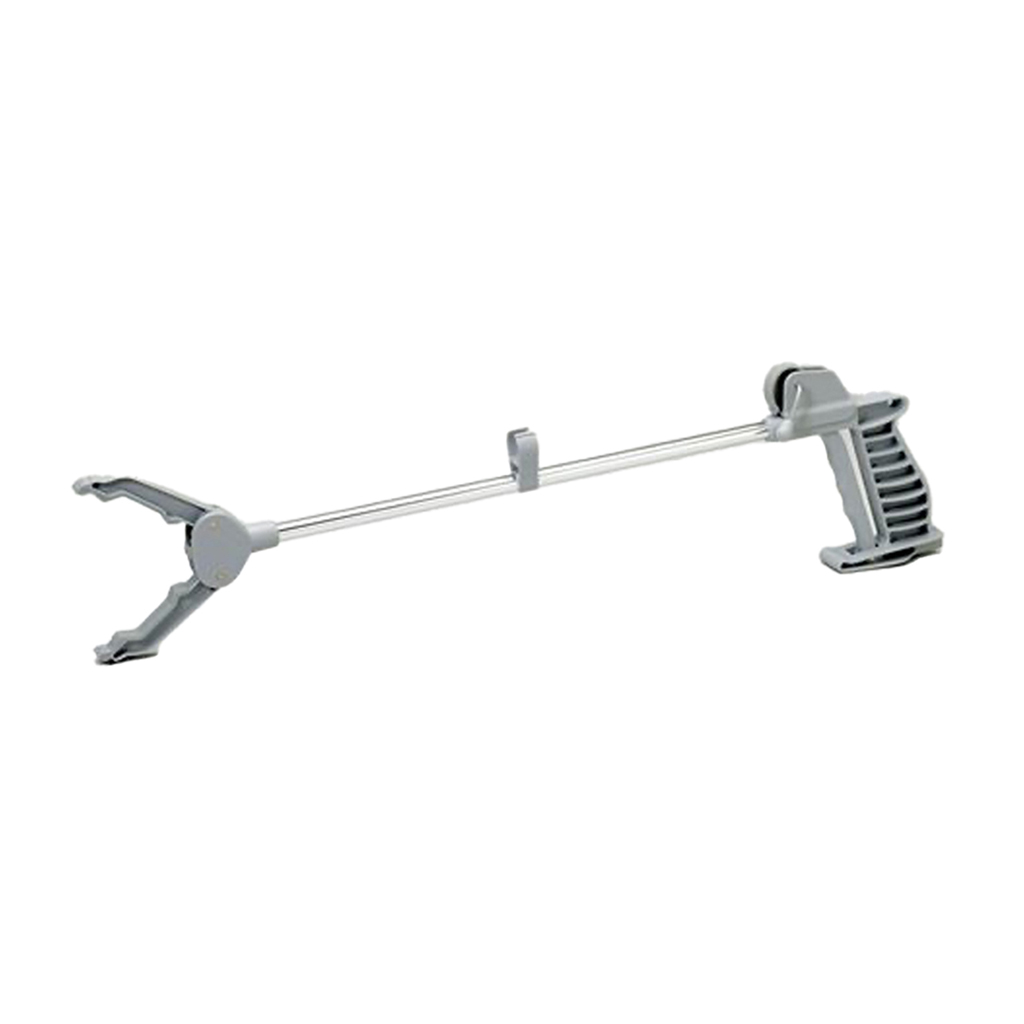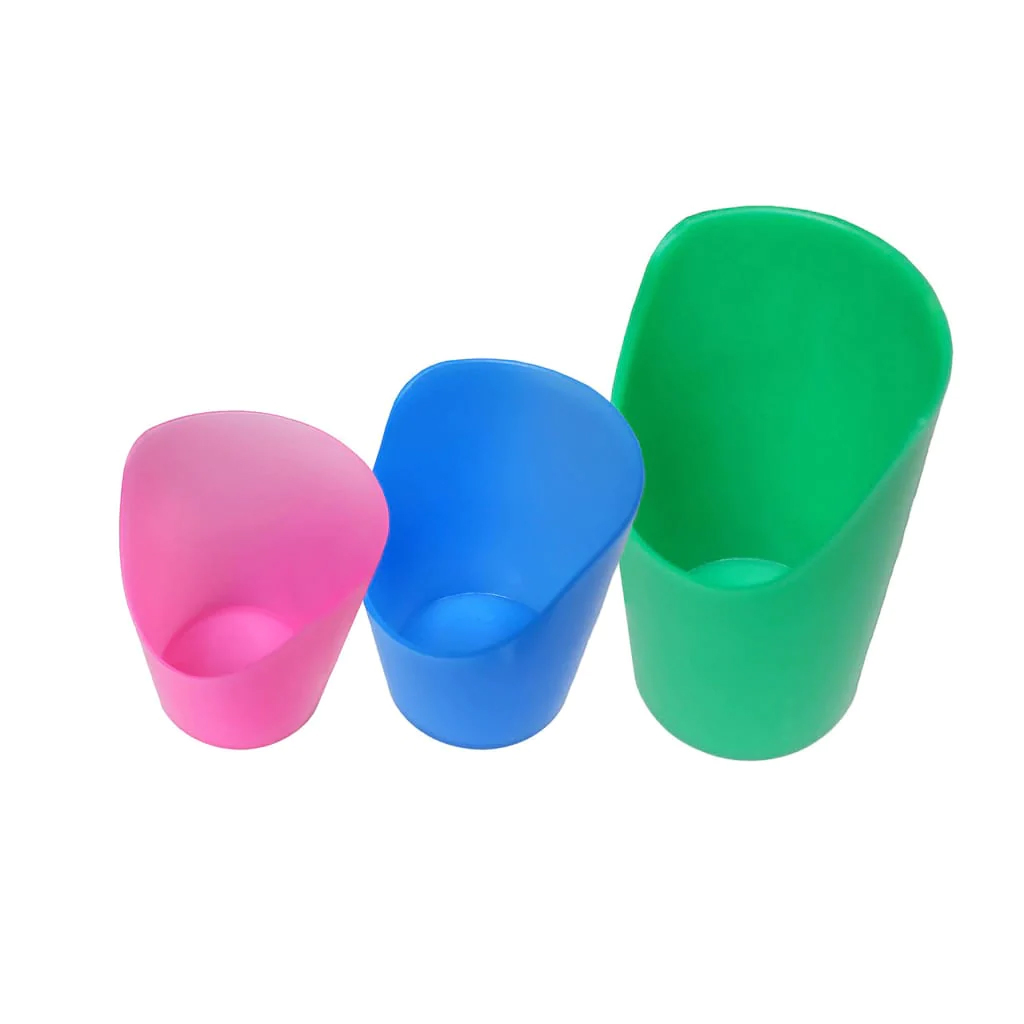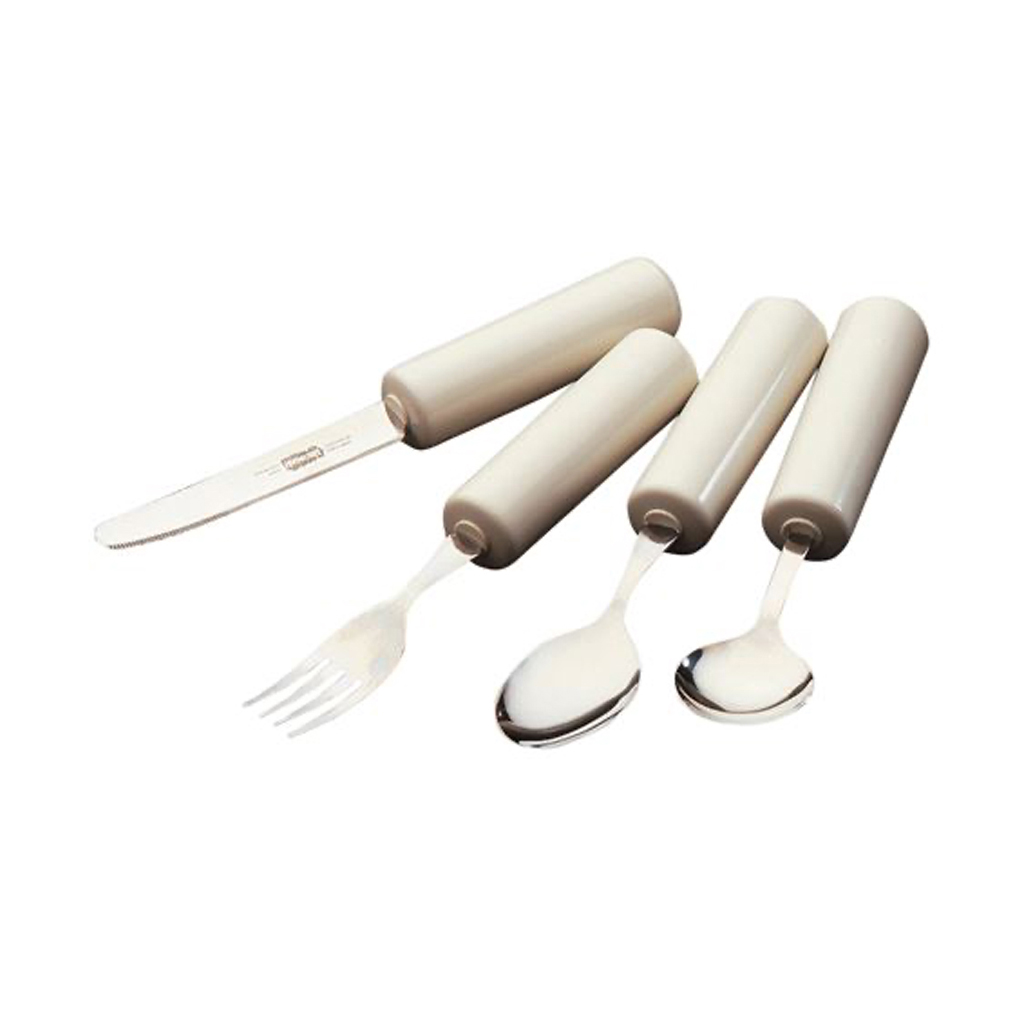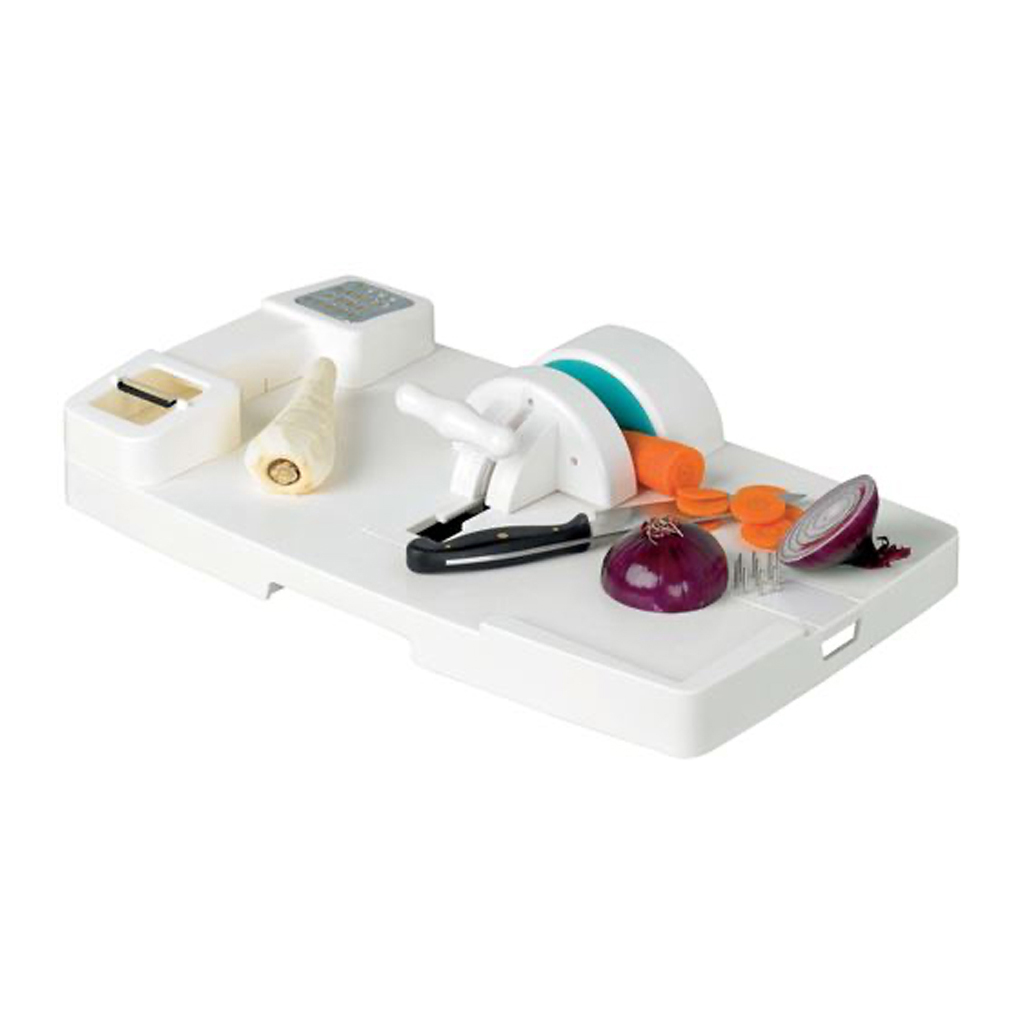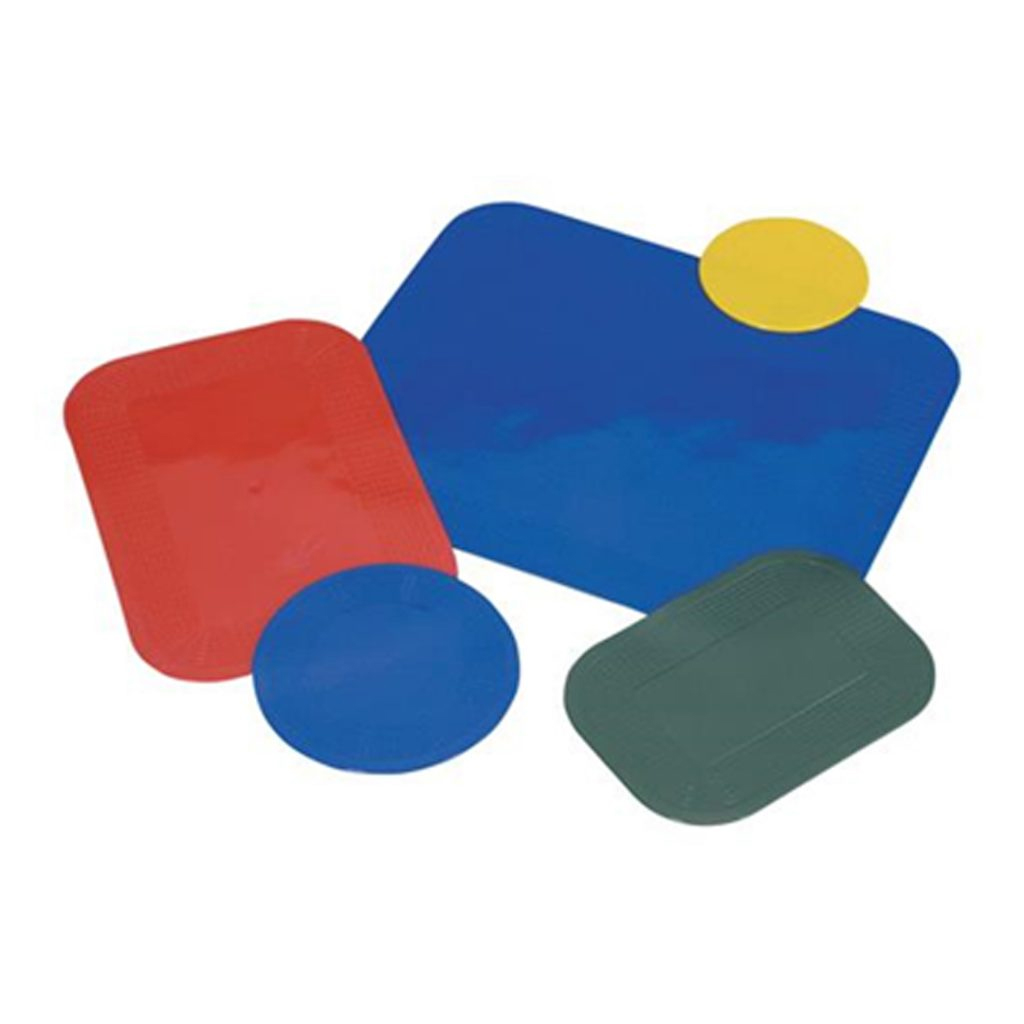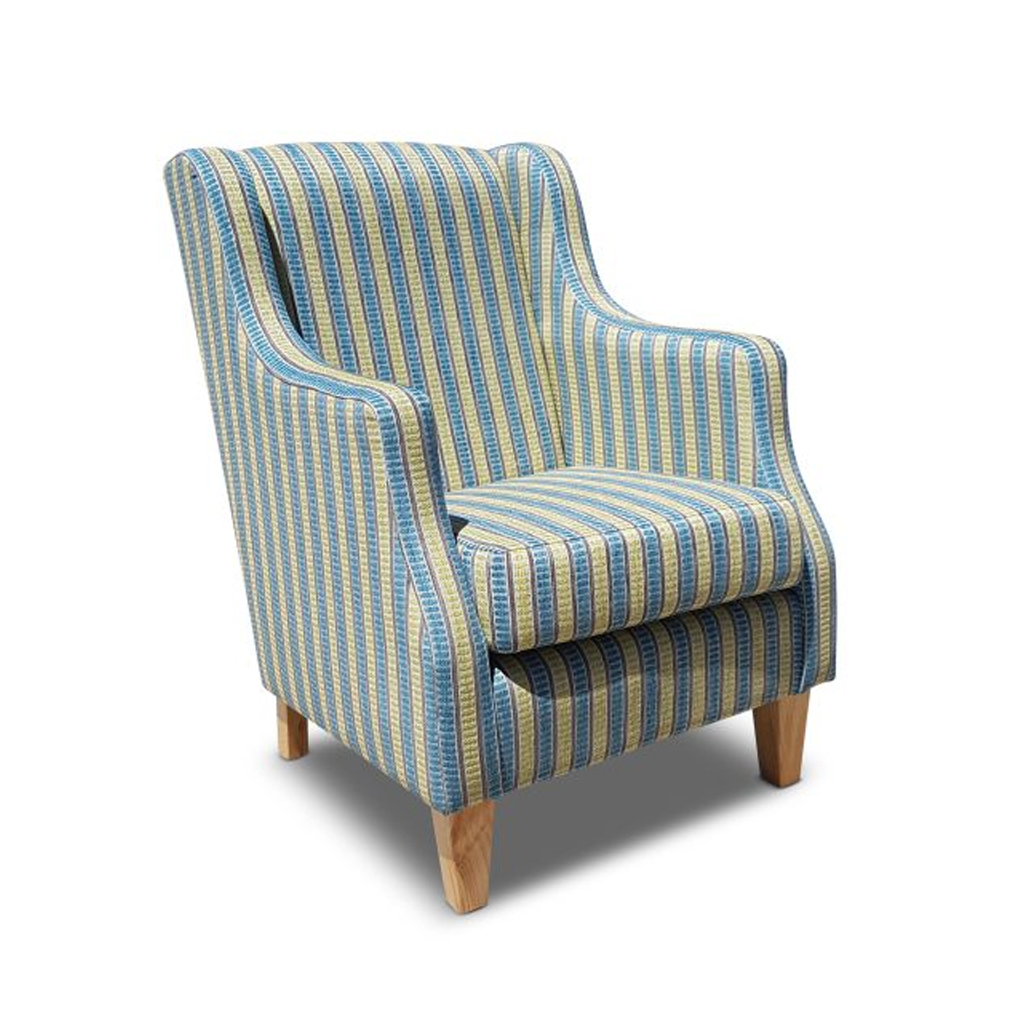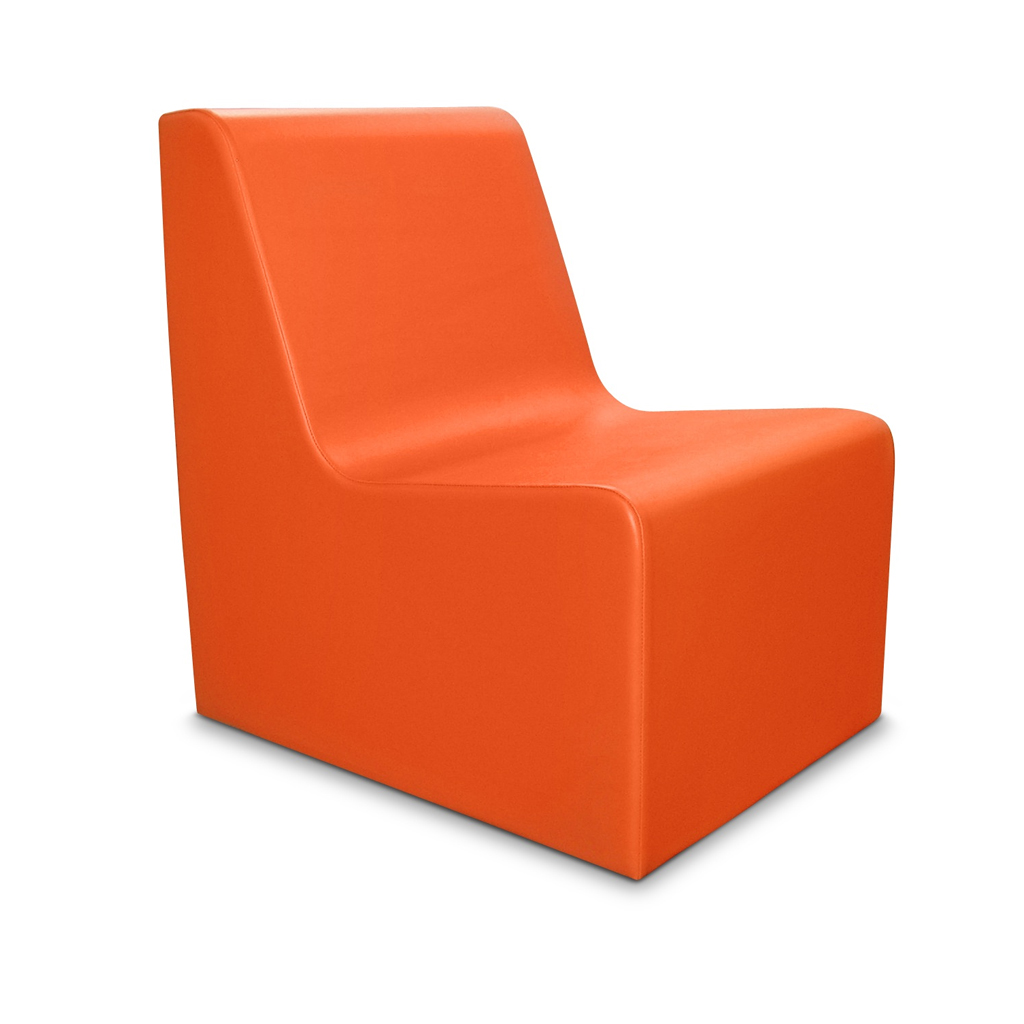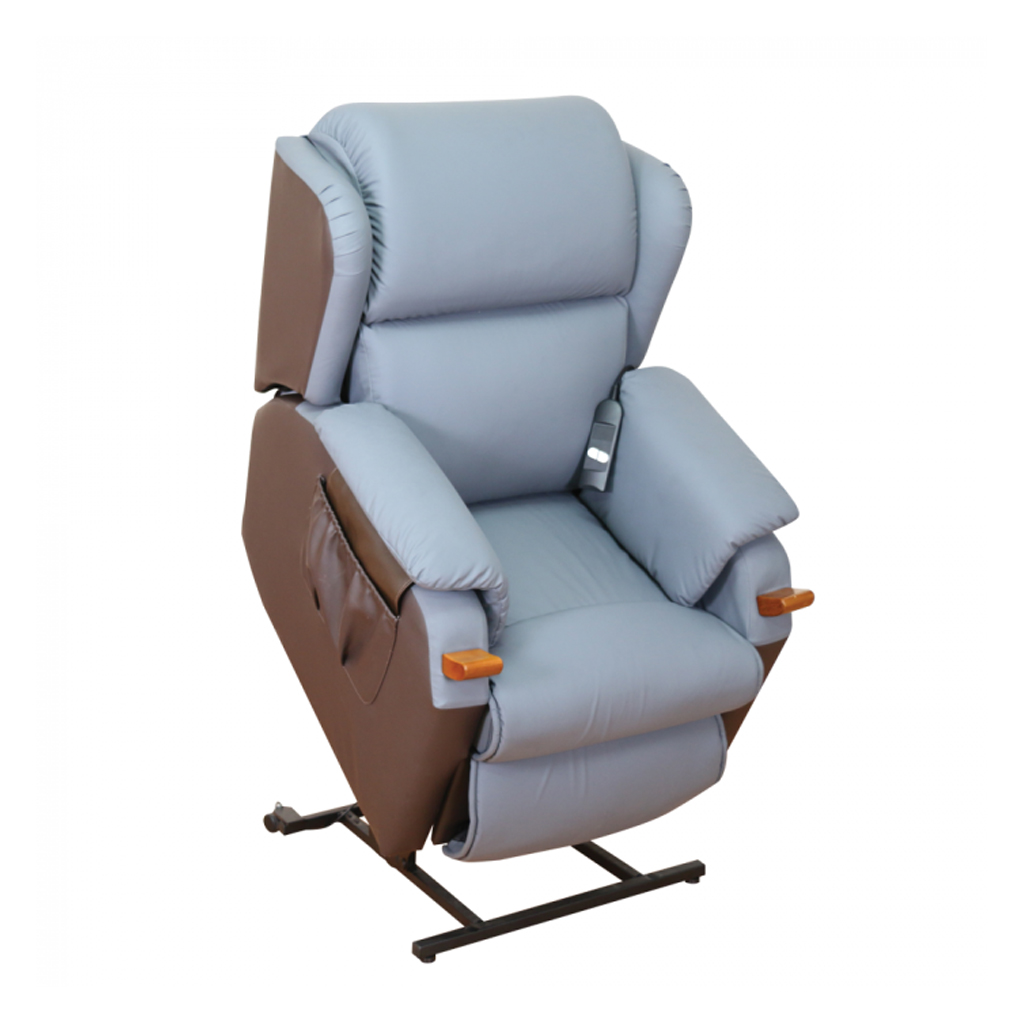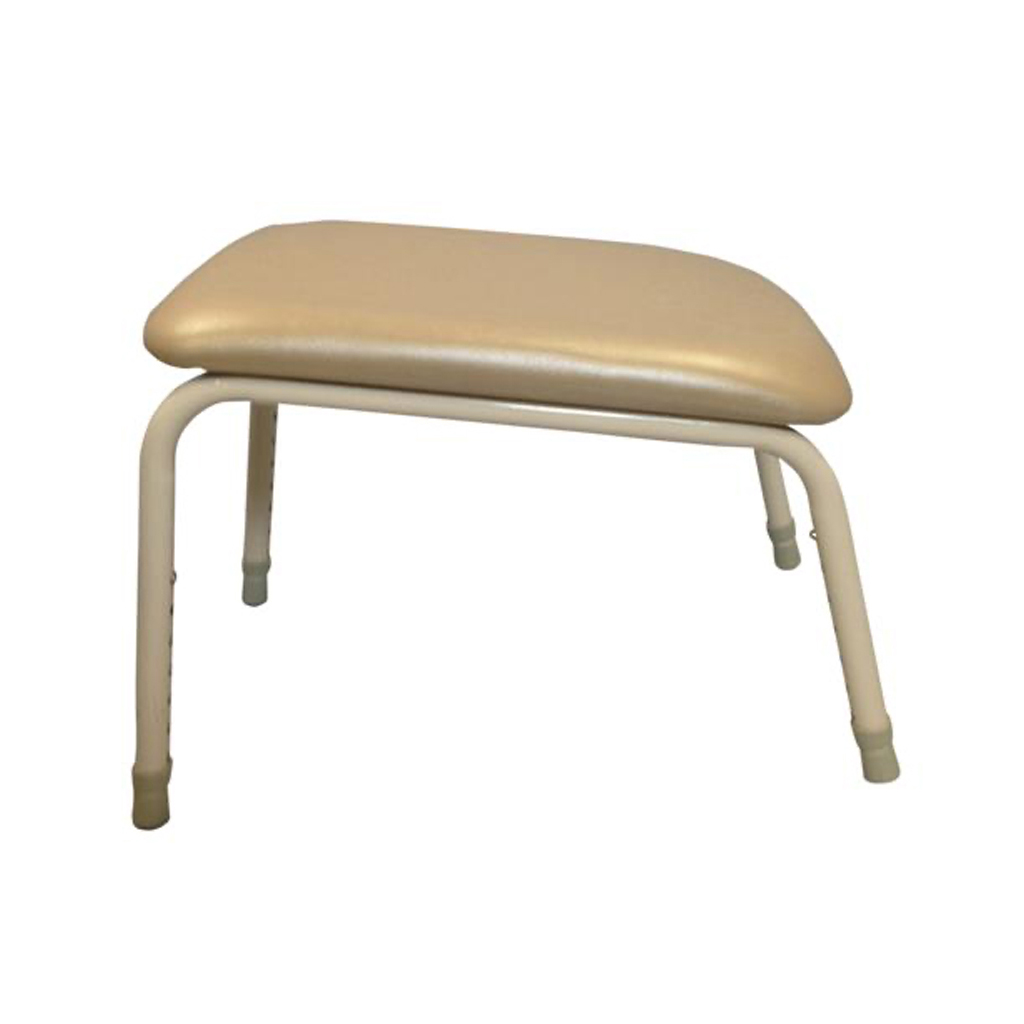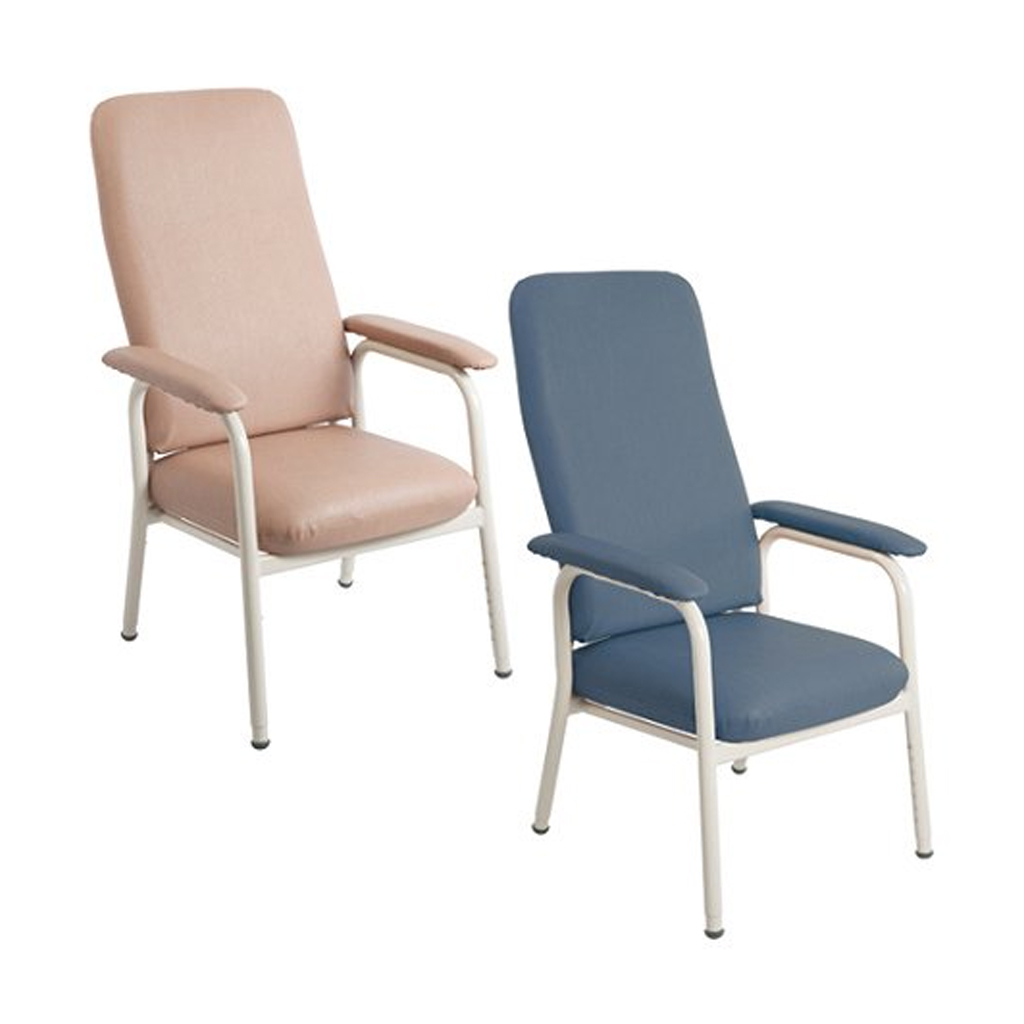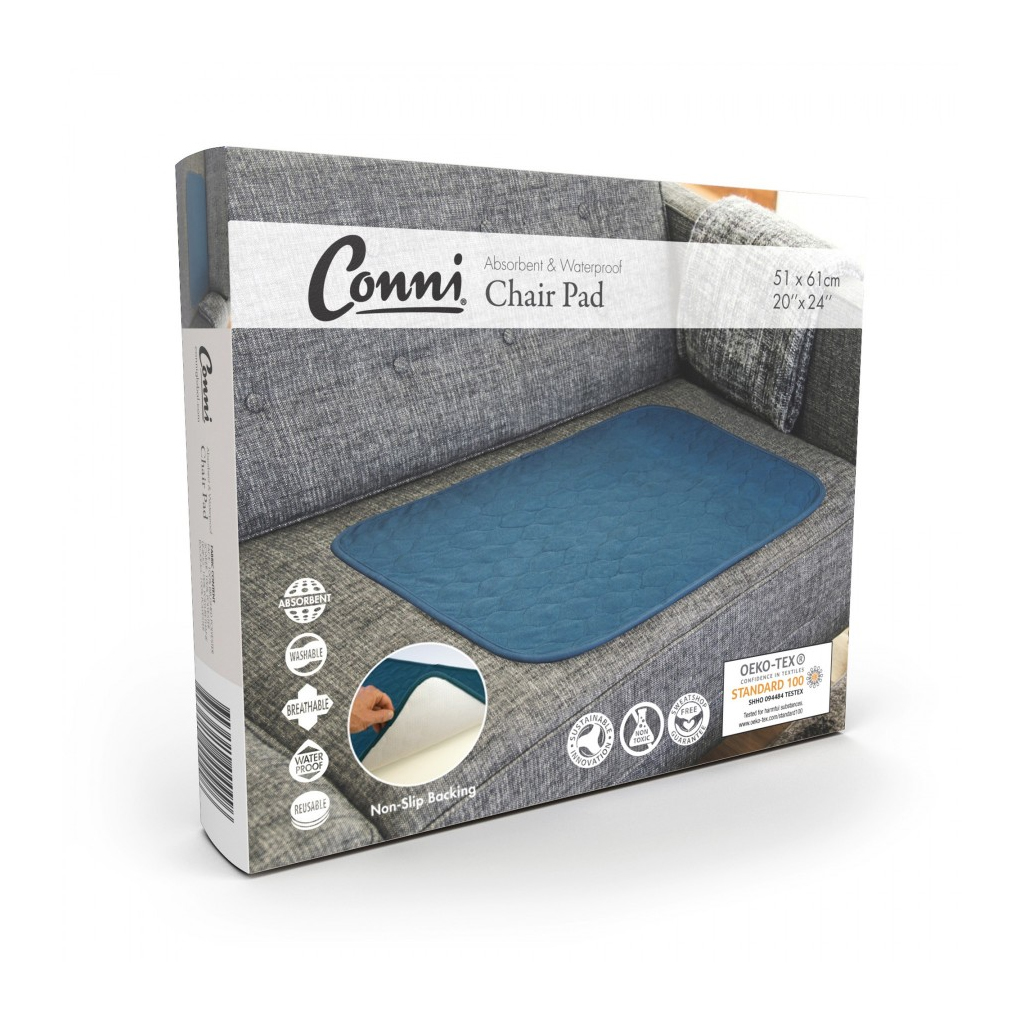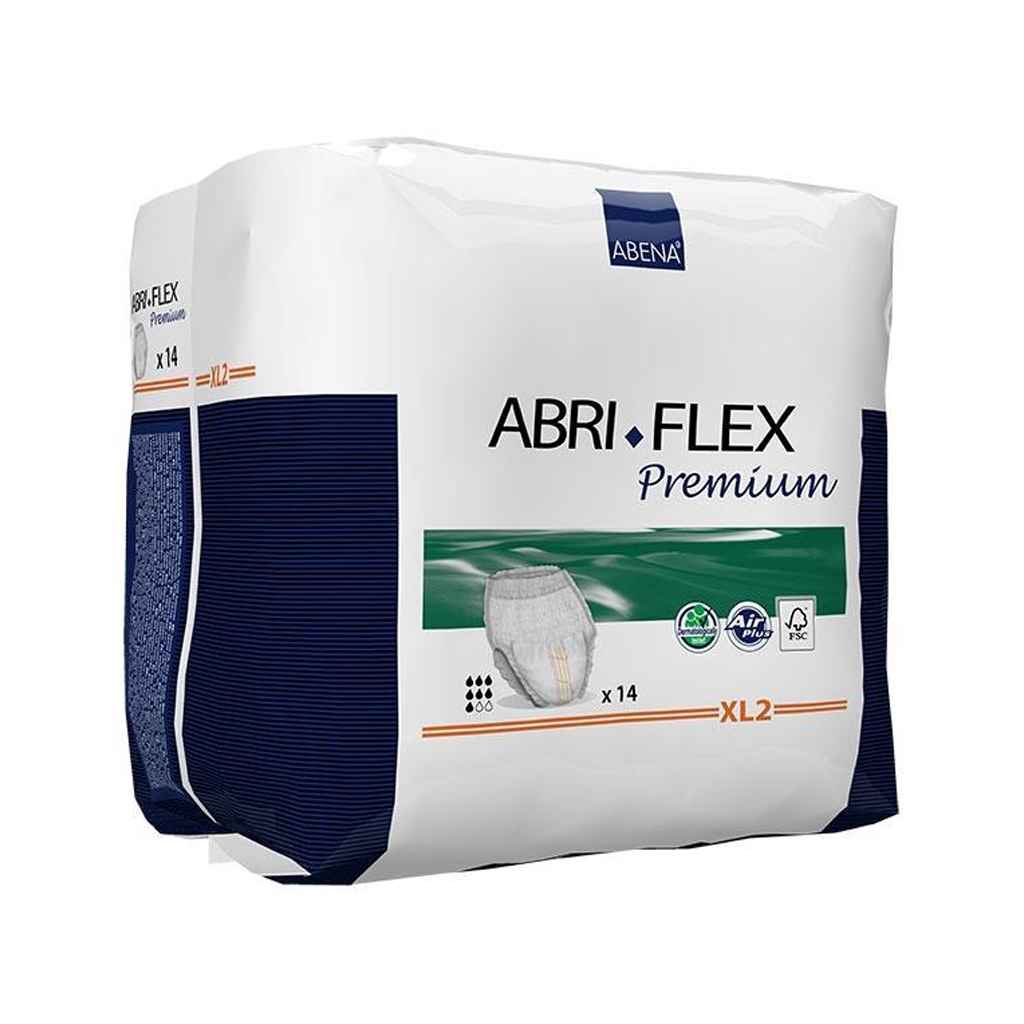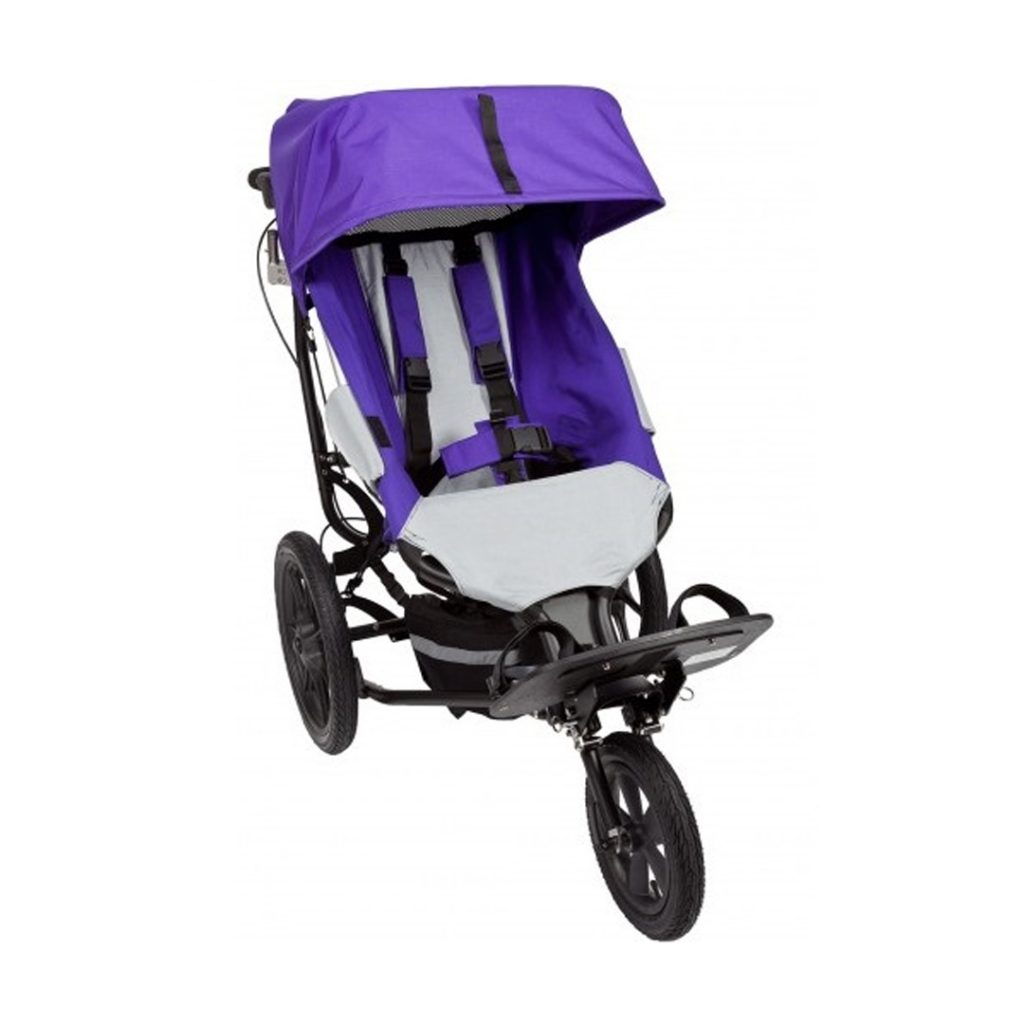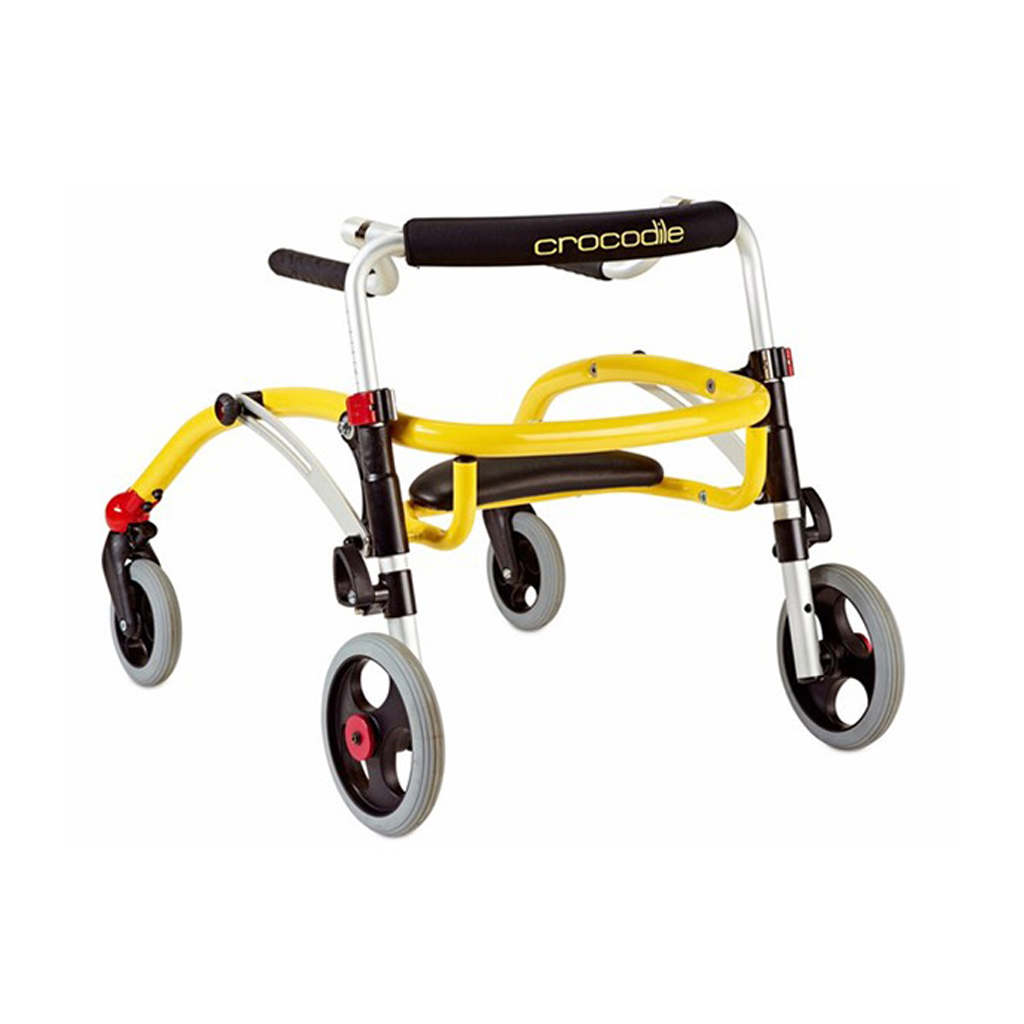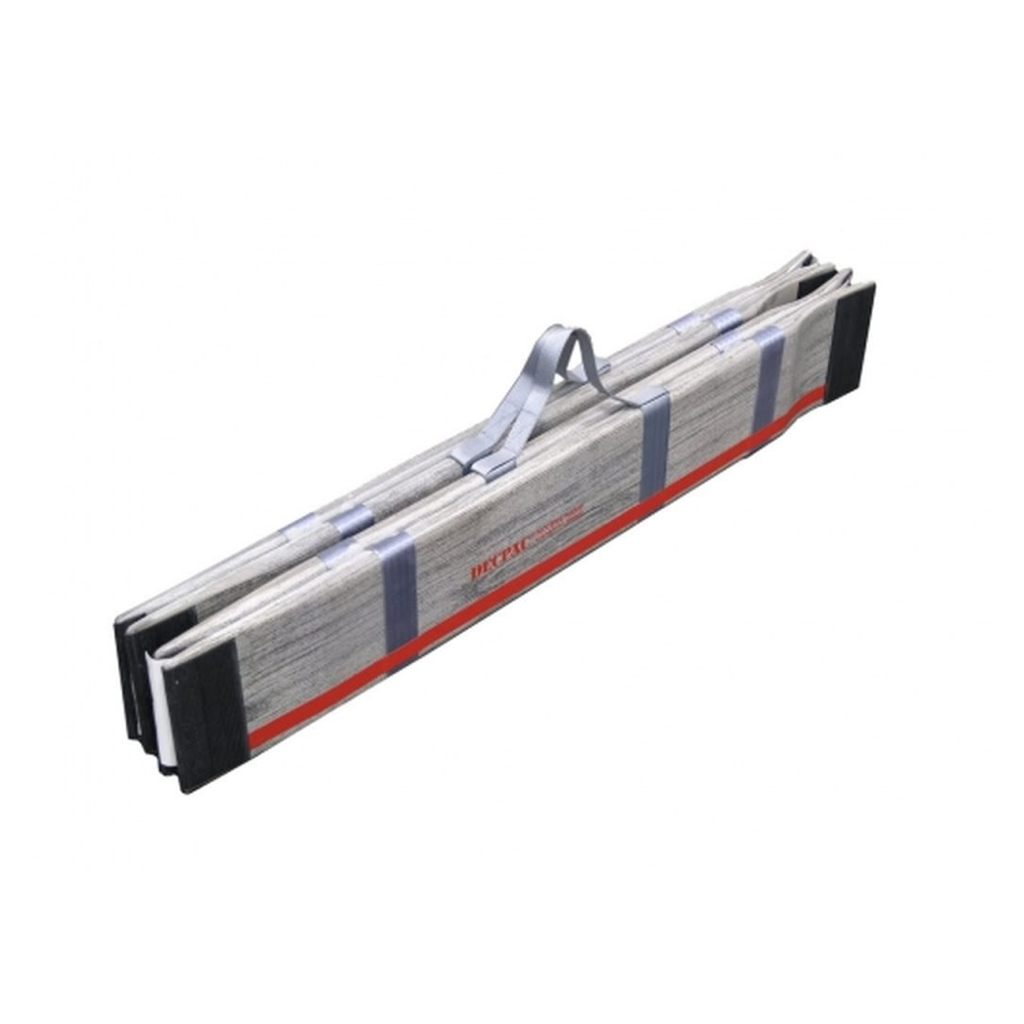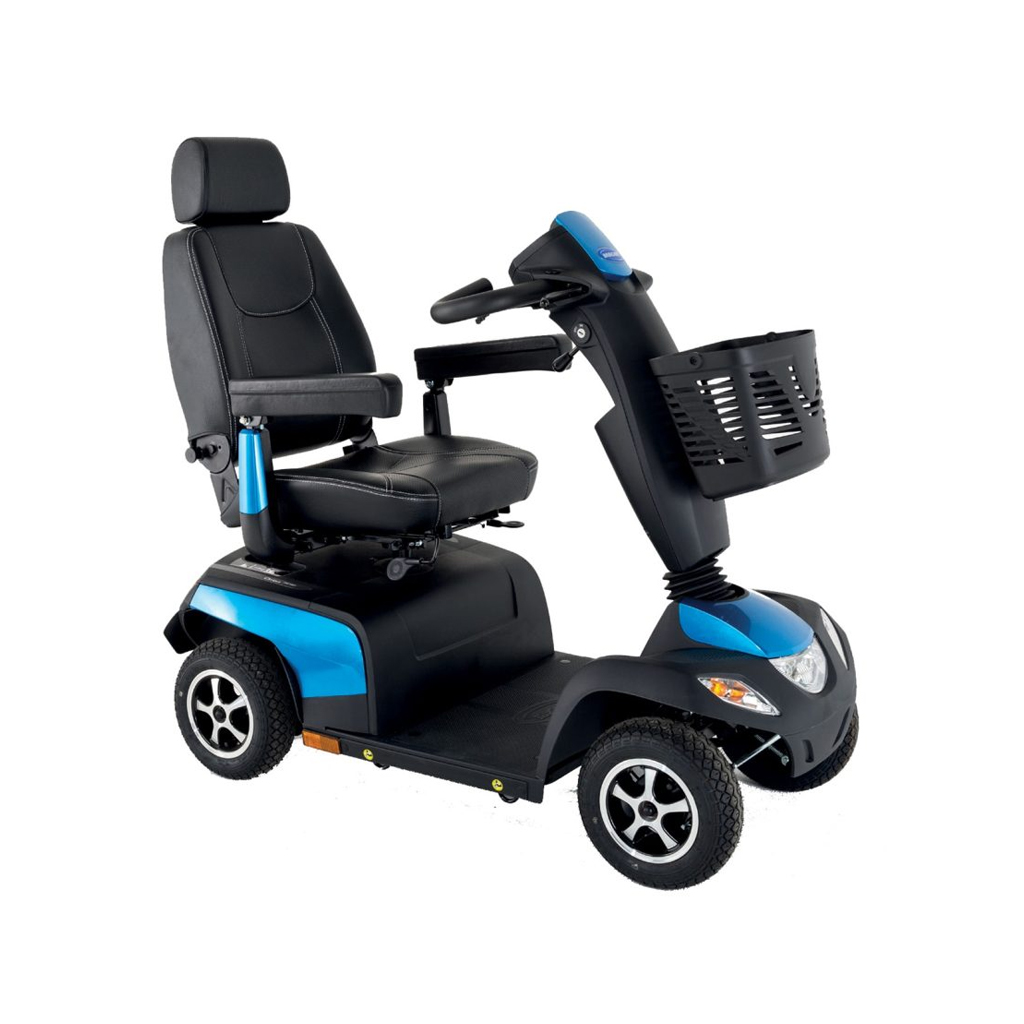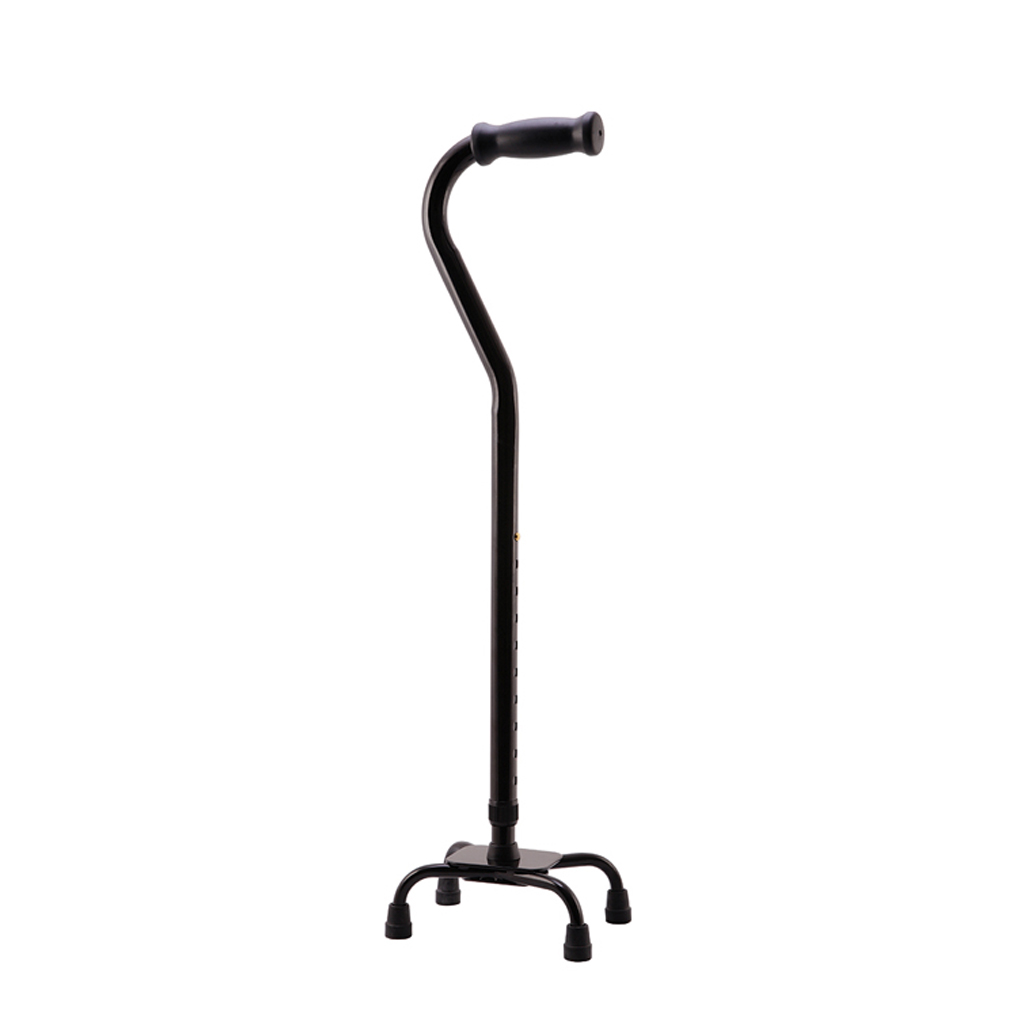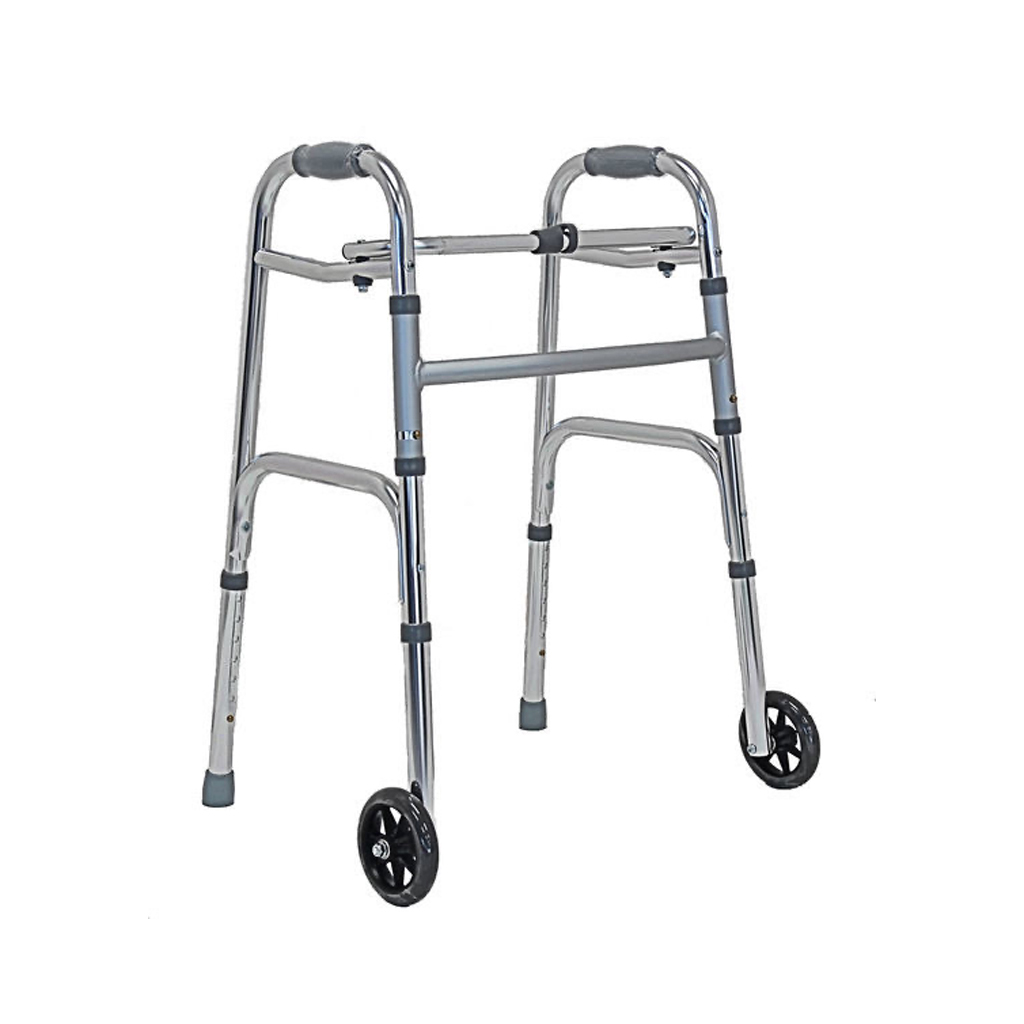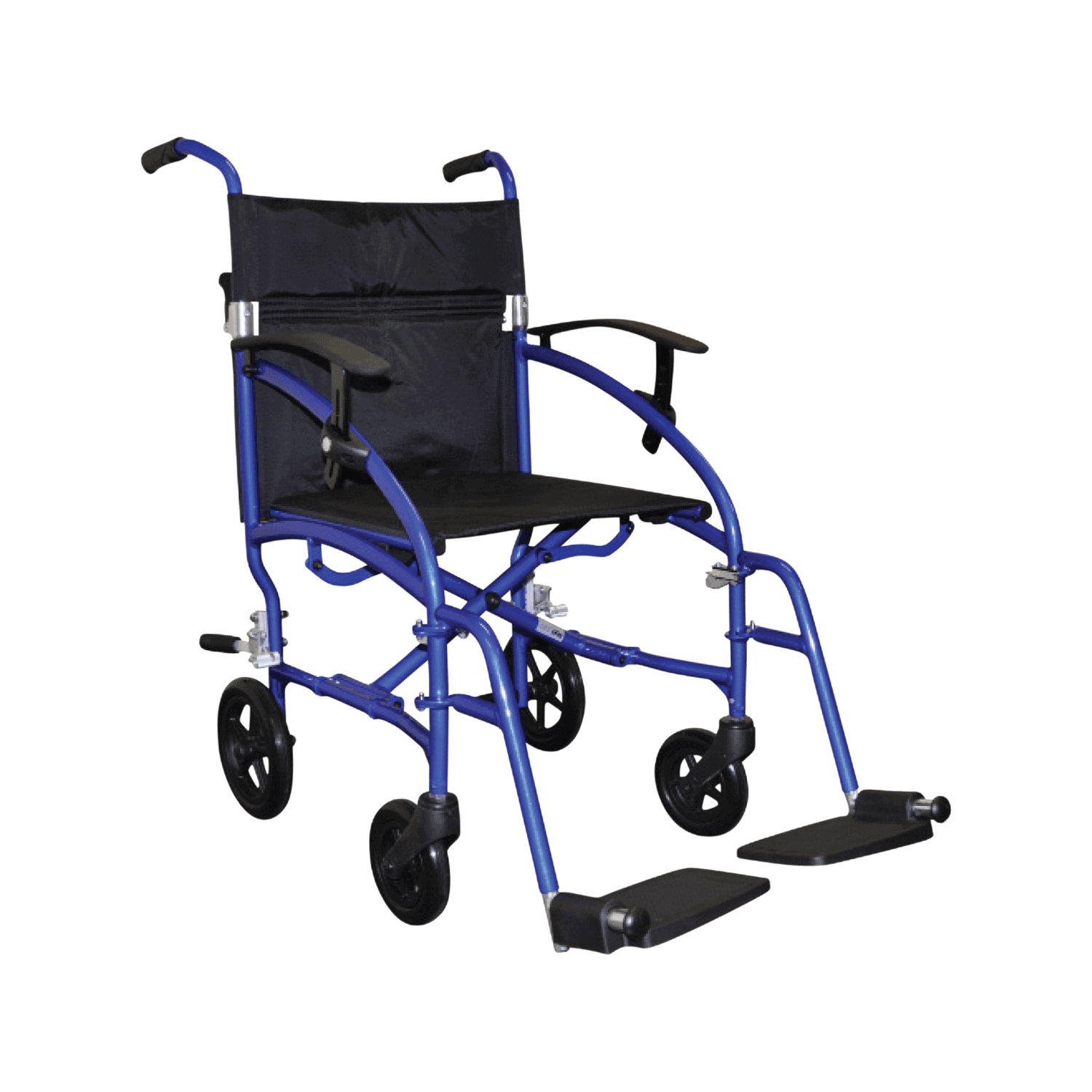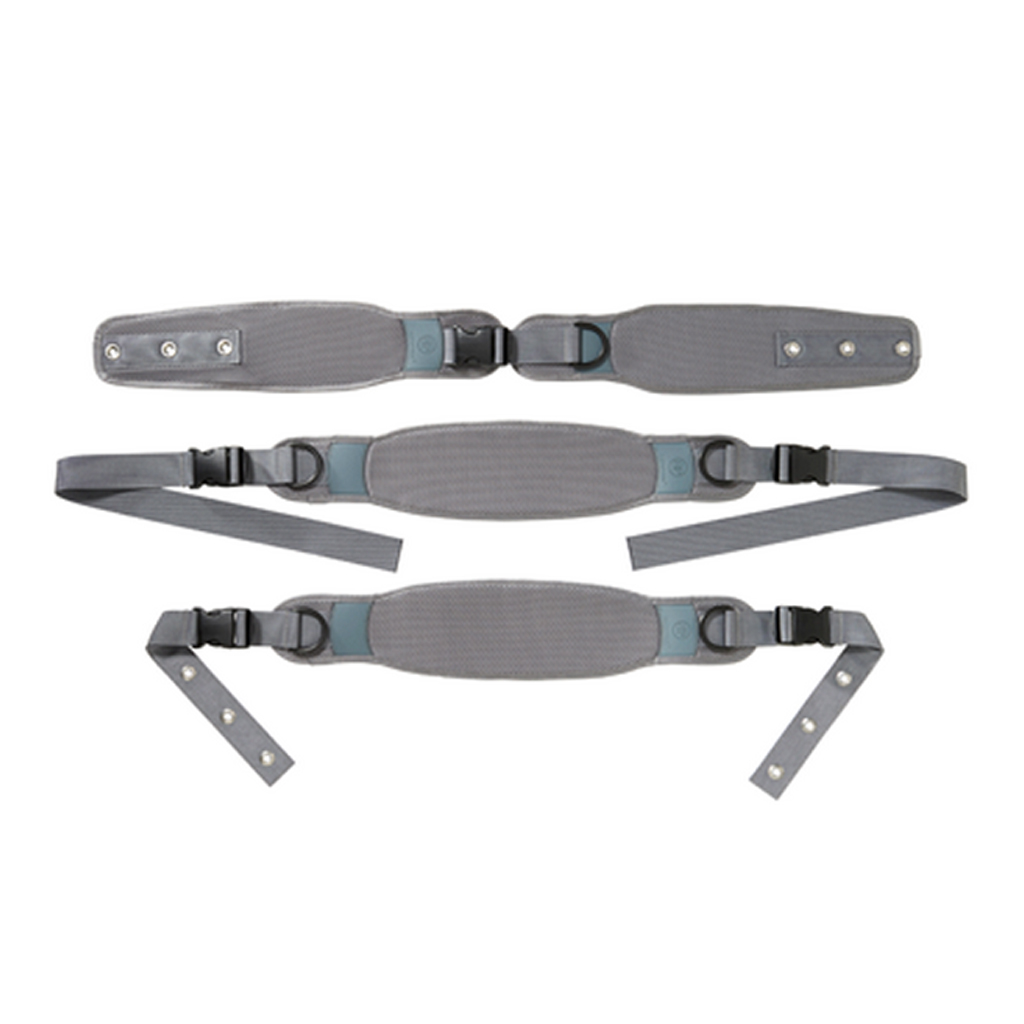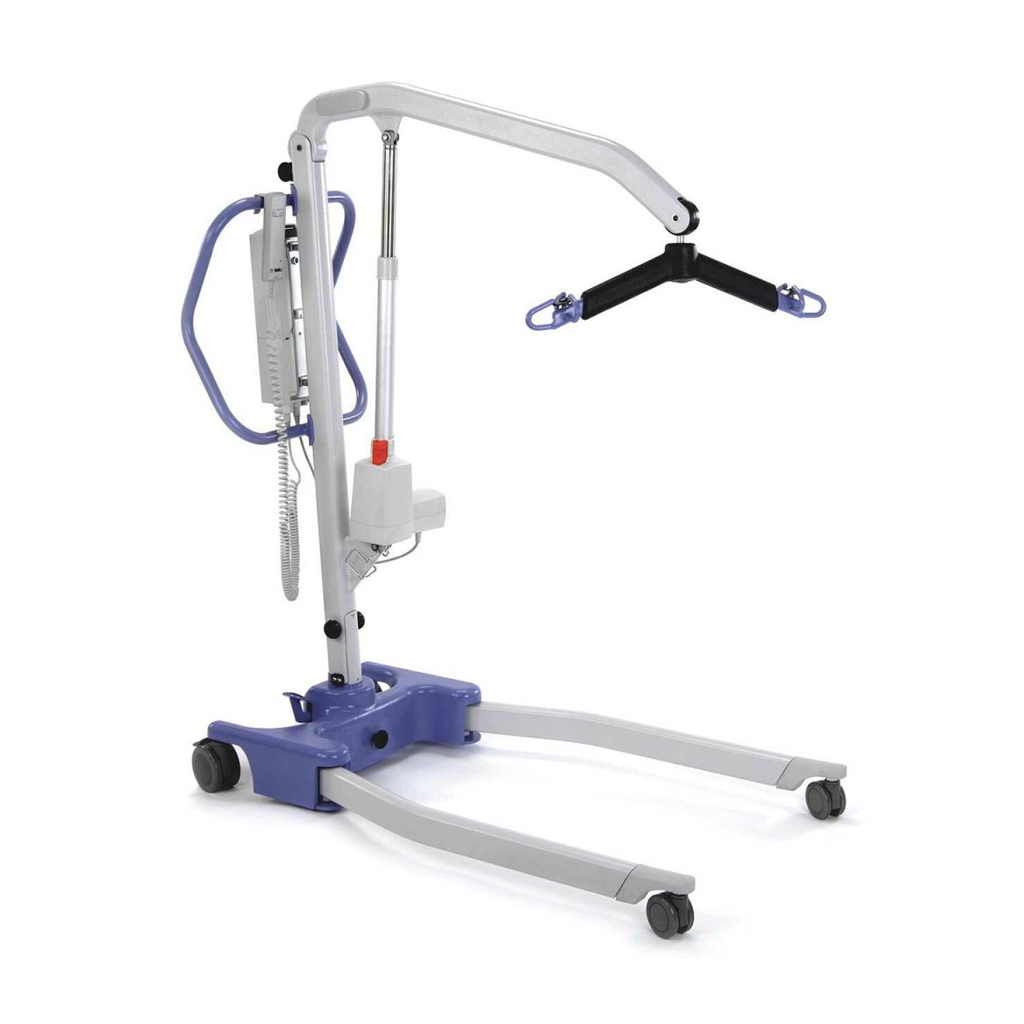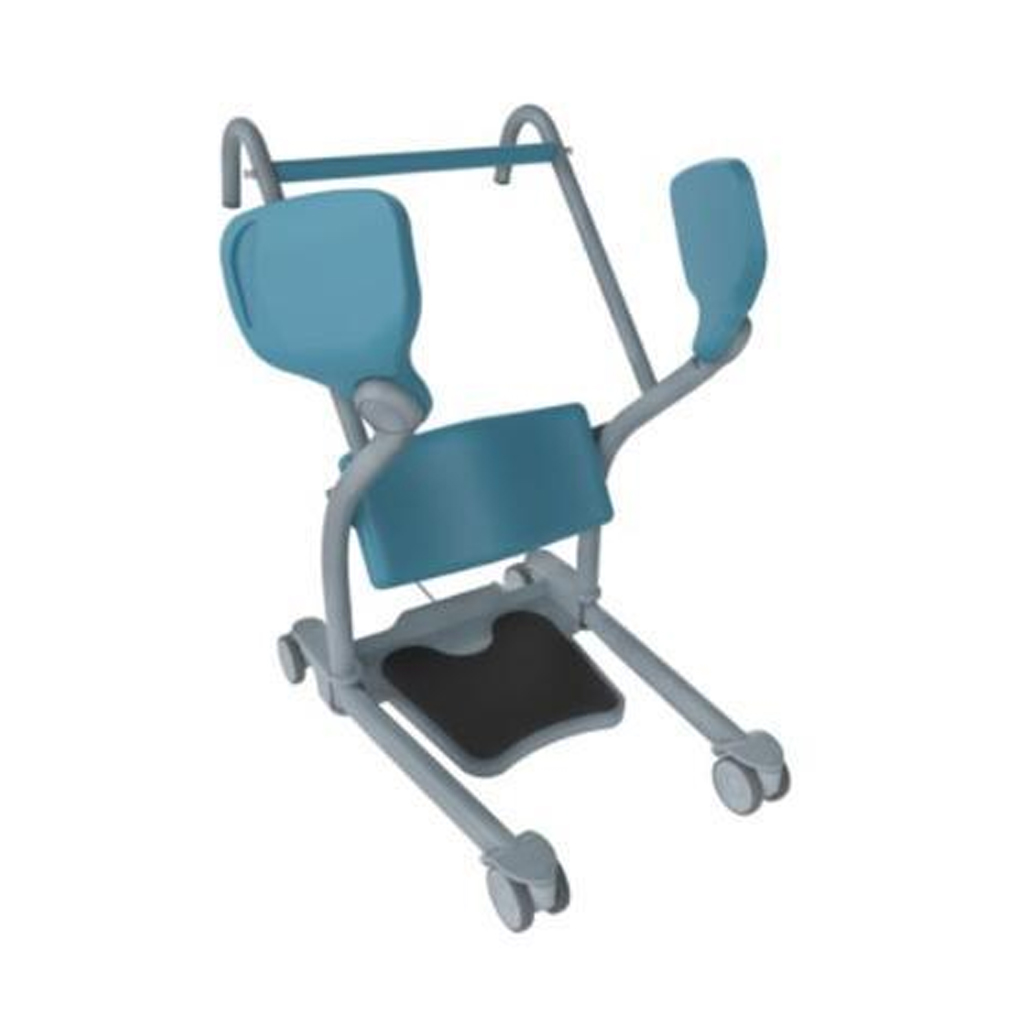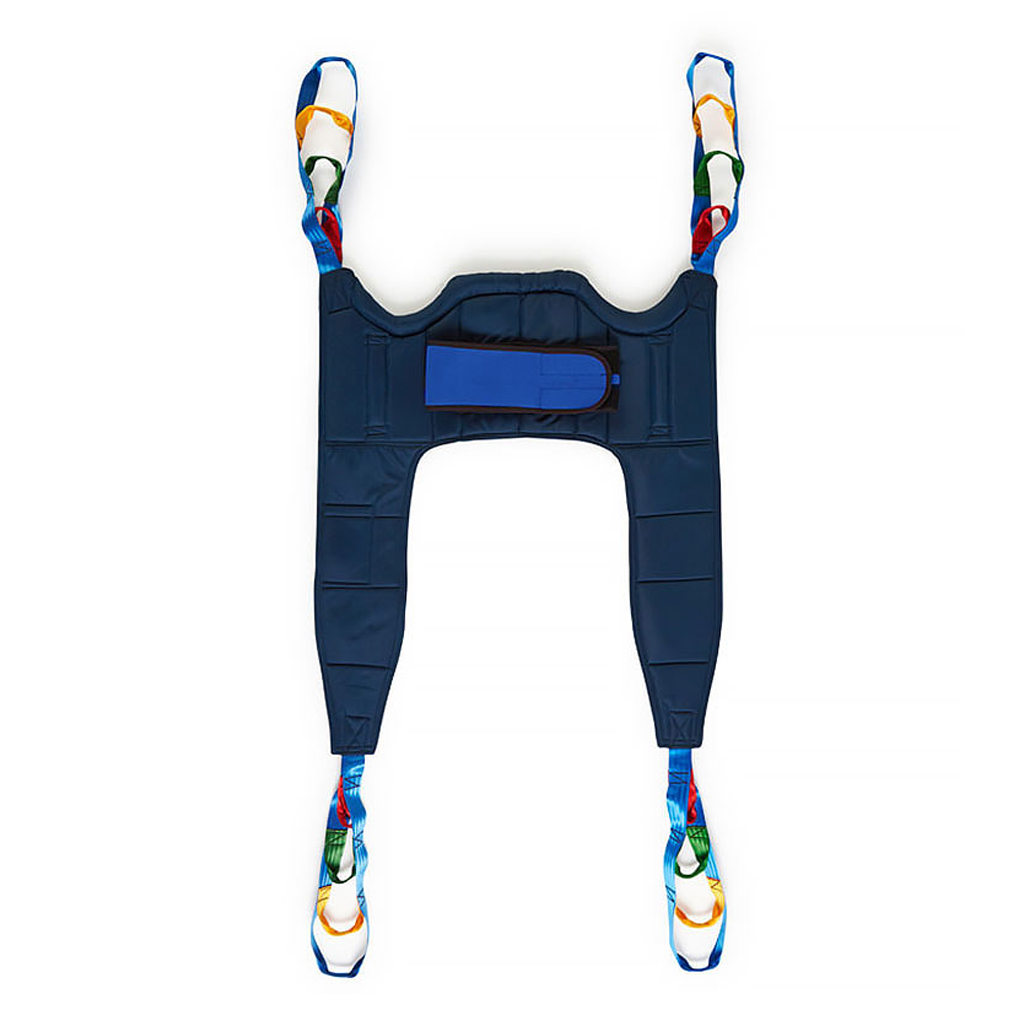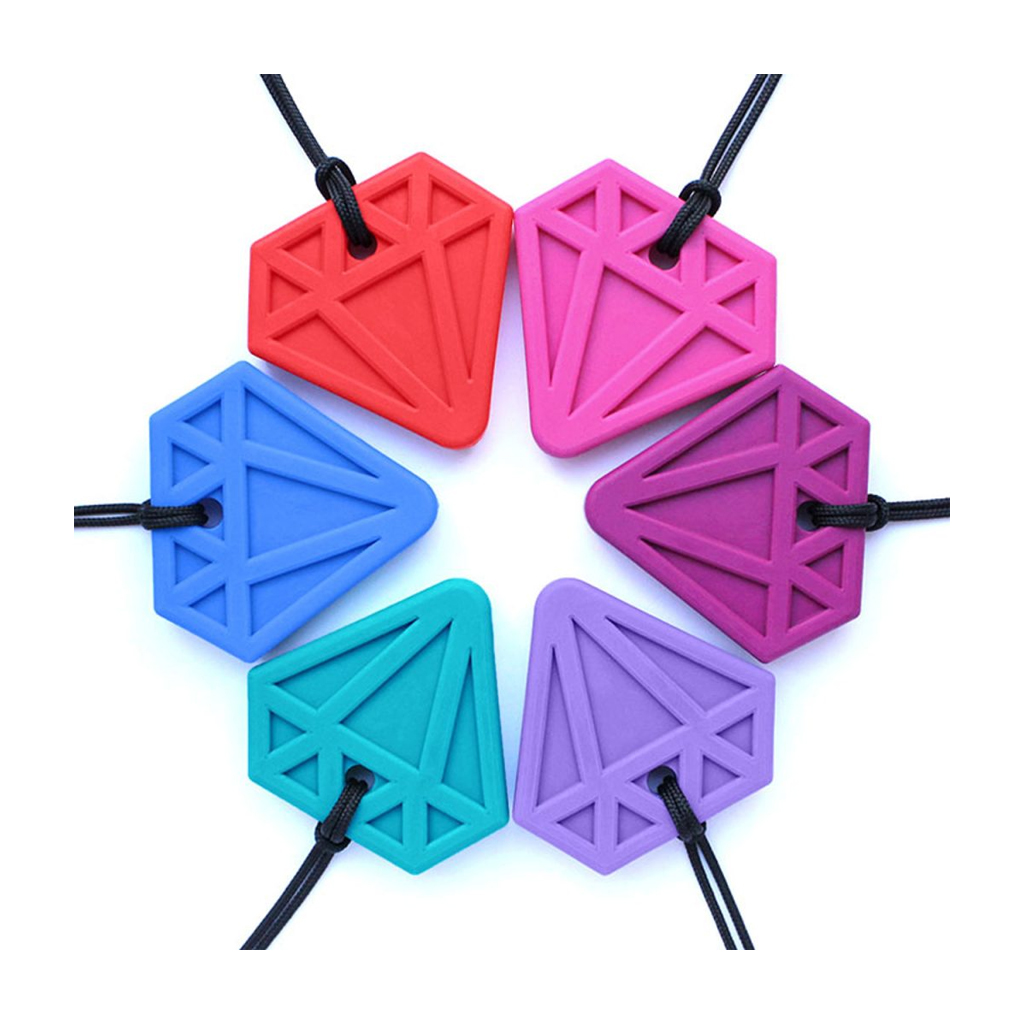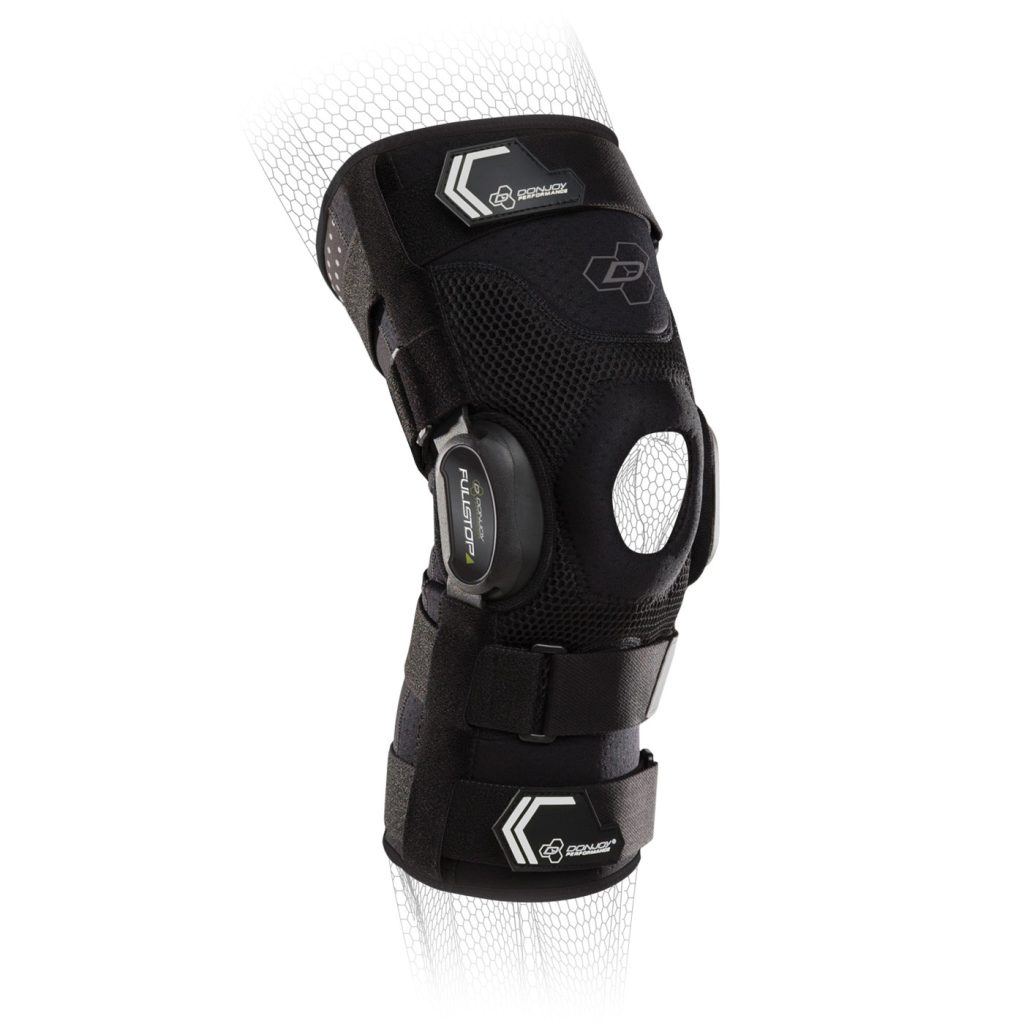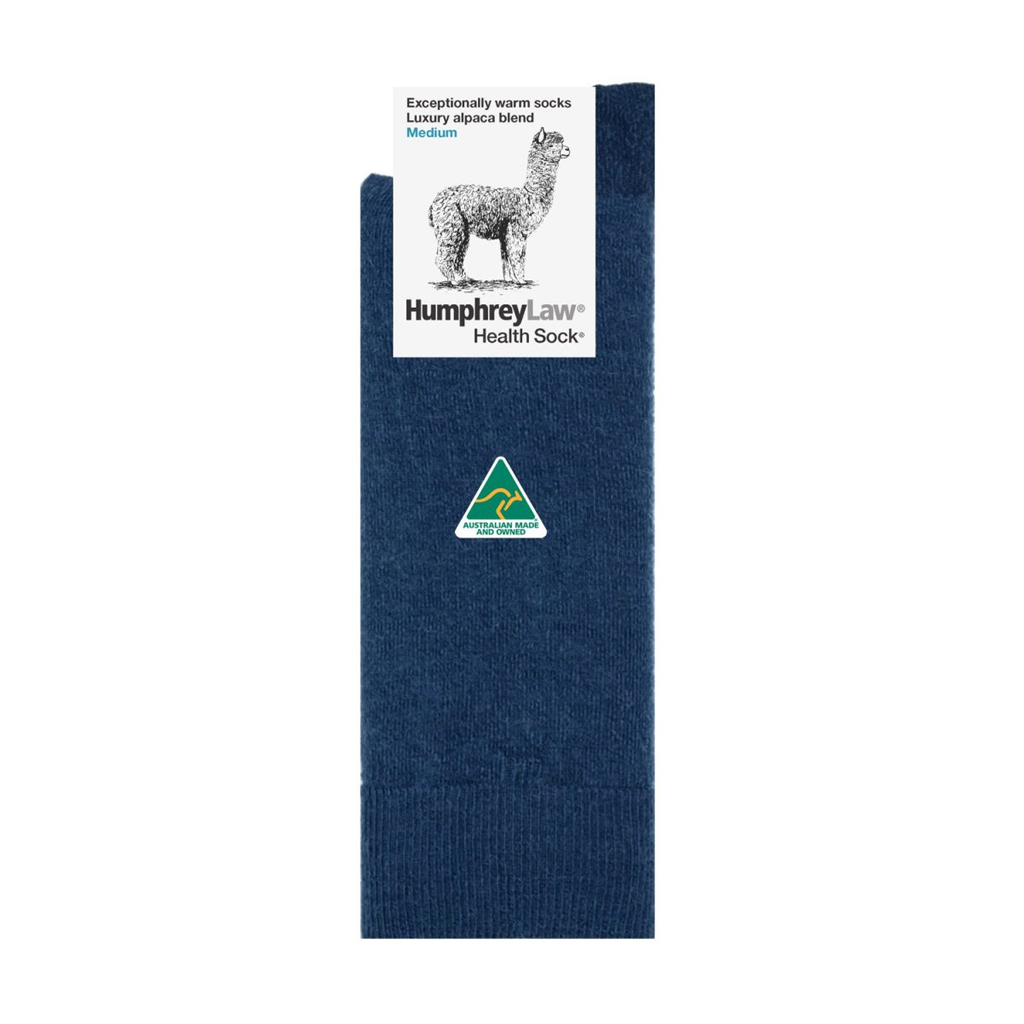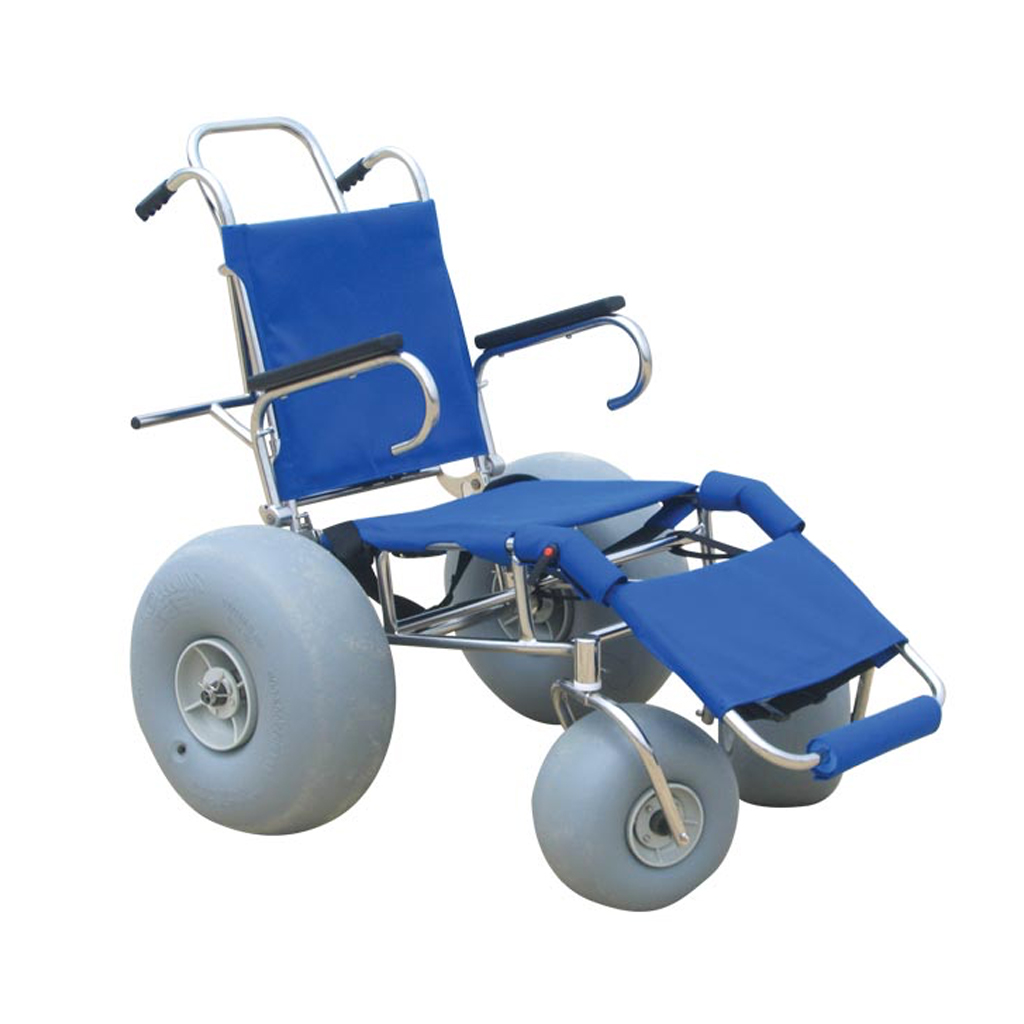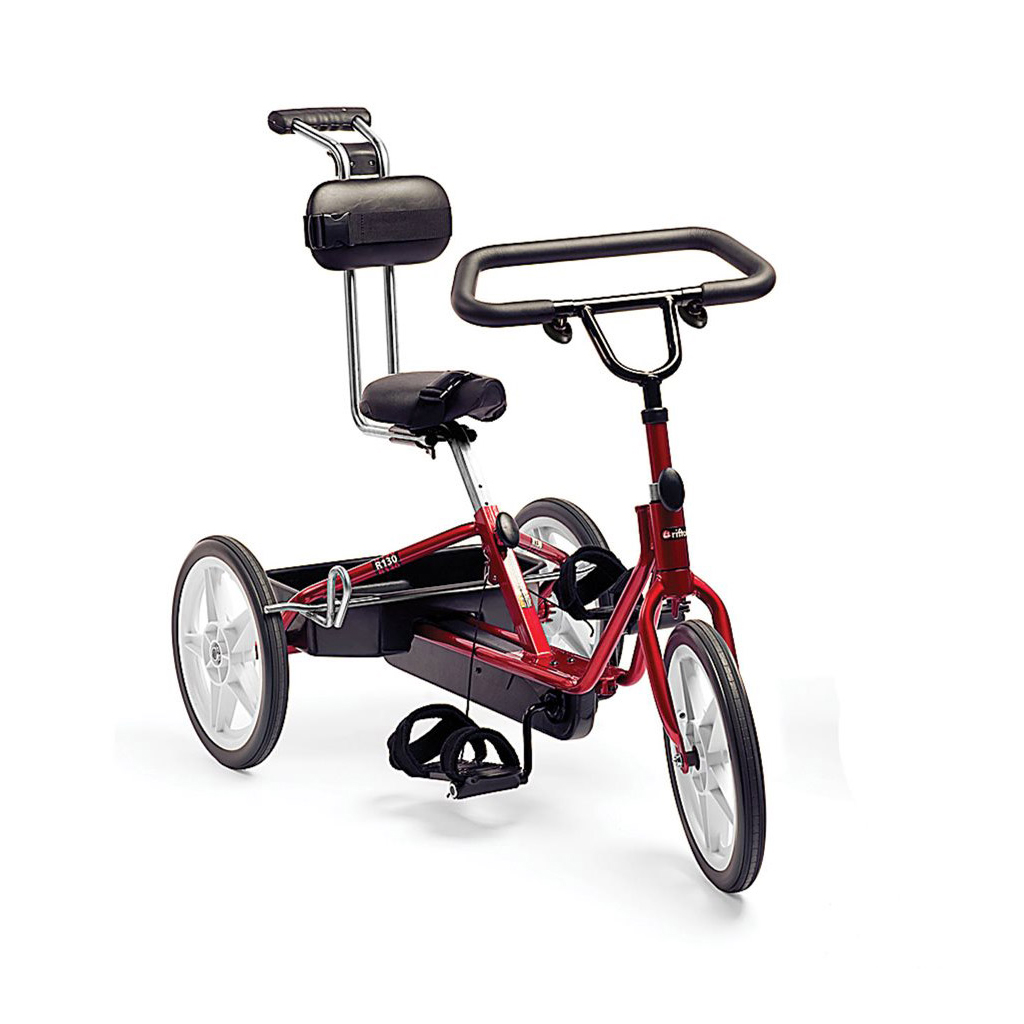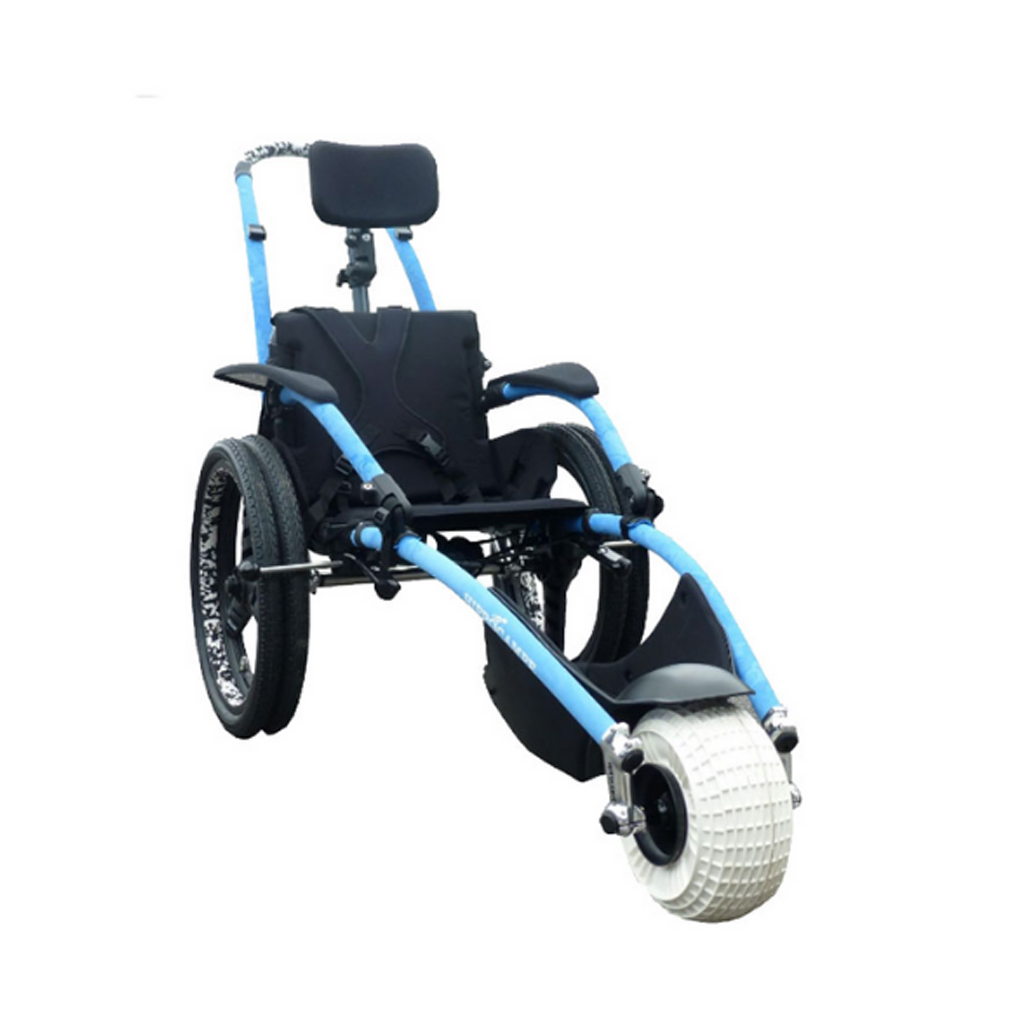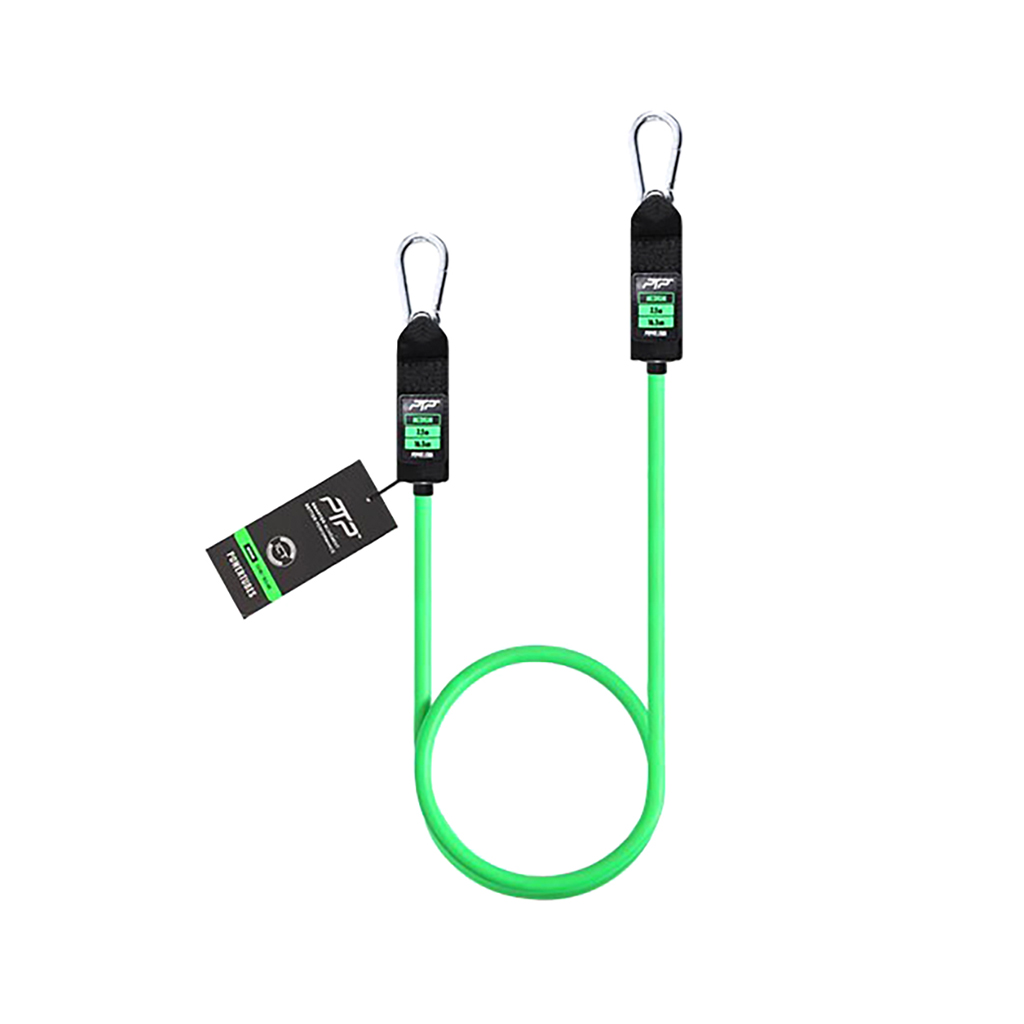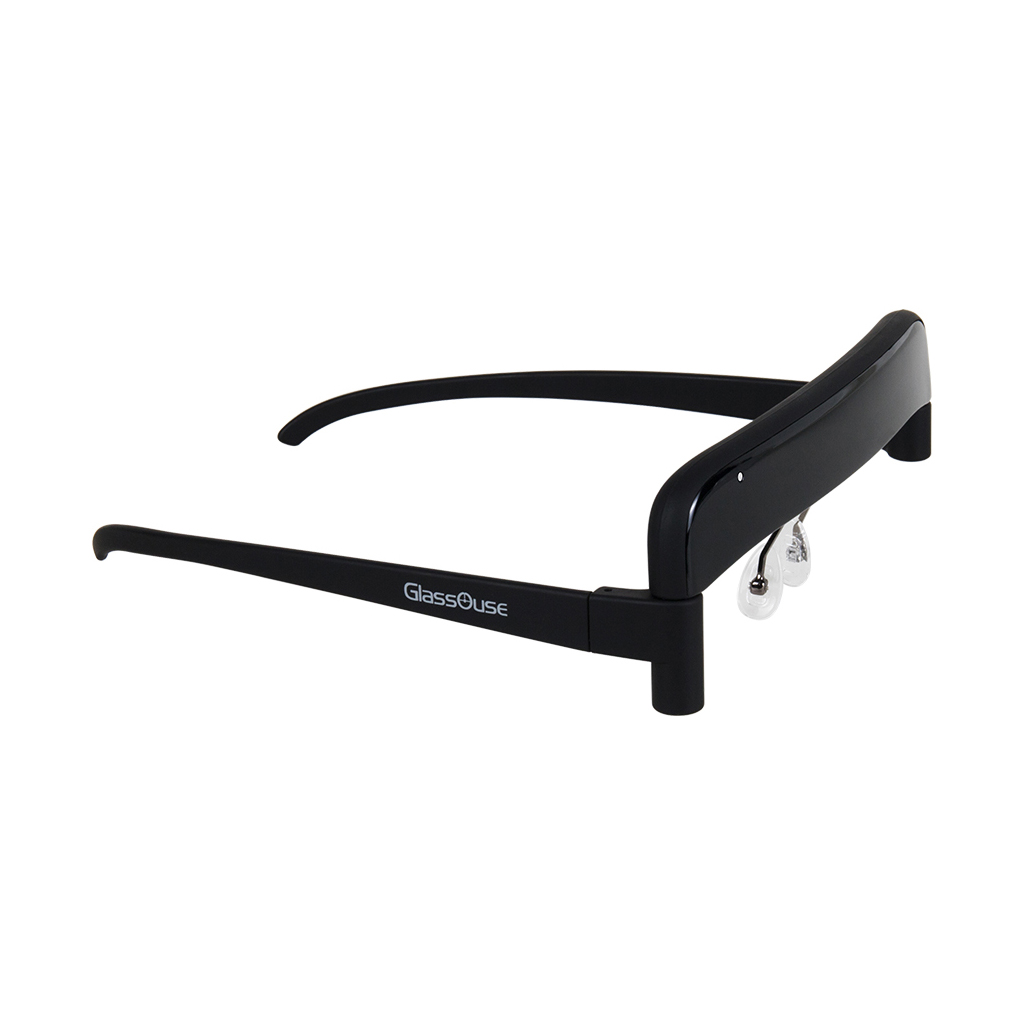Everything you need to know about assistive technology and the NDIS
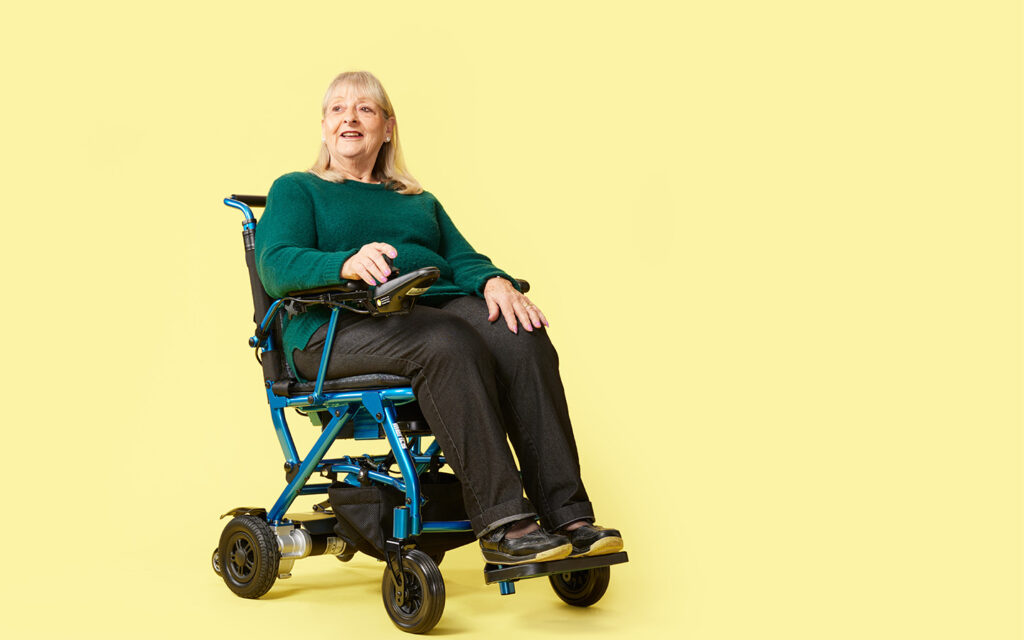
Assistive technology is described as devices or equipment which provide extra support to people with disability and enable them to comfortably and successfully achieve tasks in their day-to-day lives. Assistive technology provides support for a range of needs and capabilities that can include vision, hearing, mobility, movement and communication. The NDIS can support the use of assistive technology that relates to your disability and the support you require.
In this article, we provide everything you need to know about NDIS funding for assistive technology, including what supports can be funded, types or support and what is classified as assistive technology.
Before we start, here is a brief rundown of assistive technology and how it can be used to support people living with disability:
Types of assistive technology:
- Low-risk assistive technology: products that are unlikely to cause harm in everyday life, can be purchased from retail stores, and are relatively easy to use without professional advice and intervention.
- Higher-risk assistive technology: products that are difficult to use (i.e., an electric wheelchair), are known to have caused harm without proper protocols, may be used with a restrictive practice (i.e., as a physical restraint) and require professional advice and intervention to set up/use.
Costs of assistive technology:
- Low-cost assistive technology: under $1,500 per item
- Mid cost assistive technology: between $1,500 and $15,000 per item
- High-cost assistive technology: over $15,000 per item
Examples of assistive technology could include:
- Non-slip maps
- Adaptable cutlery
- Wheelchairs
- And communication devices.
(Information sourced from the NDIS)
Assistive technology and the NDIS:
The NDIS can offer funding for assistive technology if participants can prove that it is necessary as part of their support. Under the NDIS, assistive technology is categorised as equipment or devices that can support people with disability in their daily lives. Assistive technology can also make everyday tasks safer and allow for more independence around the house and at work.
Assistive technology are equipment or devices that:
- Are personalised towards your needs,
- Are designed for people to be more independent in their everyday lives,
- Can take the risk out of chores and errands
- And allow you to get things done quicker, without the intervention of others.
The NDIS does not consider the following assistive technology:
- Home equipment that doesn’t provide support (i.e., a television, kettle or radio),
- Therapy tools used by medical professionals,
- Medical items for ongoing treatment of an illness (i.e., a dialysis machine),
- And changes to public spaces.
When assessing your request to add assistive technology to your plan, the NDIS will ask you the following questions:
- Does assistive technology relate to your disability?
- Is assistive technology the right fit for you?
- Is the assistive technology you need value for money?
- Is your assistive technology funded or supported by someone else?
Below, we go through these questions in detail, so you are prepared for when providing evidence to the NDIS:
1. Does assistive technology relate to your disability?
Here, you must demonstrate how assistive technology relates to your disability, and how you can use it to support your day-to-day life. The NDIS will not support assistive technology if it is not related to your disability, so it’s important to be clear how it will be helpful for you to be more independent in the home and workplace.
You could consider how assistive technology can:
- Help you get in and out of bed, the couch or even your car
- Helping you get around the kitchen and bathroom
- Allow you to communicate your needs to your family and support worker
- Allow you to use the computer and your phone for your job
2. Is assistive technology the right fit for you?
When the NDIS assesses whether you need funding for assistive technology, they will examine what kind of support you need for your disability, and whether it stops you from reaching your goals.
An example of this could be movement to and from bed. If you struggle to get in and out bed, and would benefit from some support here, the NDIS might look at funding a ceiling hoist for your bedroom.
When assessing your support needs, they will determine whether:
- Assistive technology will support you in reaching your daily goals,
- Is appropriate for your needs,
- Can be easily used and installed where you need it,
- Meets Australian safety standards
3. Is the assistive technology you need value for money?
Assistive technology funded by the NDIS must have value for money. That is, they can be used in the long term and will support you to reach your goals. To determine value for money, the NDIS will look at:
- Less expensive options,
- How long the assistive technology will be usable for,
- Recurrence of repairs and maintenance,
- And whether renting is a cheaper option than purchasing.
The NDIS will assess and compare different prices to determine how much funding to include in your plan. They will not fund technology that does not relate to your disability or isn’t helpful in pursuing your goals. You will be required to pay out of your own pocket if:
- You want a particular brand or model,
- You want to add additional features unrelated to your disability,
- And you want a particular design (unrelated to your disability).
4. Is your assistive technology funded or provided by someone else?
The NDIS will not fund assistive technology if you already have it funded by another provider or organisation. An example of this would be the health department funding crutches or a wheelchair after surgery. You may also receive funding from other state and government departments if you need support in school, work or university, for example.
How assistive technology is funded:
As we stated above, assistive technology is funded based on the cost of the time. To receive NDIS funding for assistive technology, you will need to provide evidence of how it meets the funding criteria. Assistive technology is funded in three categories:
- Low-cost – under $1,500
- Mid cost assistive technology – between $1,500-$15,000
- High-cost assistive technology – over $15,000
- Low-cost assistive technology:
Low-cost assistive technology:
Low-cost items are classified as easy to use and easily purchased from local suppliers and non-disability specific businesses. Examples of low-cost assistive technology could be:
- Non-slip mats,
- Walking sticks,
- Shower chairs,
- Large print labels,
- And continence products.
Mid-cost assistive technology:
Mid-cost assistive technology is more expensive, can be difficult to find and install. Examples of this assistive technology could be:
- Customised chairs and furniture,
- Electric wheelchairs,
- Standing hoists,
- Orthotics
- And alternative communications devices.
High-cost assistive technology:
High-cost assistive technology is more complex and requires an individual assessment to be eligible. They may also need to be customised and require specialised knowledge to install. Examples of this assistive technology could be:
- Prosthetics,
- Ventilators
- A customised wheelchair,
- And speech and communication devices.
Requesting assistive technology in your NDIS plan:
To include assistive technology in your plan, you will need to provide evidence of how it can support you in your day-to-day living.
The NDIS will assess the evidence provided, how they will fund the technology and what kind of classification your funding falls under. They must decide whether you need low or mid-cost assistive technology within 28 days and a final decision about high-cost technology within 50 days.
You can read more about the selection process and evidence required here
Replacing assistive technology:
Assistive technology that needs to be replaced under your plan is funded by the NDIS. While waiting for a replacement, the NDIS can rent a replacement item for you.
When to know your assistive technology needs replacing:
- When it is obviously broken and can’t be repaired,
- When it dangerous to use or operate,
- When your support needs change,
- And if you have outgrown it.
- To show you are eligible for replacement assistive technology, you must demonstrate:
- That you still have the same support needs
- That these support needs will be the same in 12 months.
Conclusion:
This article is a brief rundown of everything you need to know about the NDIS and assistive technology. For more information about assistive technology at Novita, you can visit our NovitaTech store and website. NovitaTech sells the latest range of technology designed to support you in your daily life. They also offer installation, training, repairs, maintenance and consultations.



